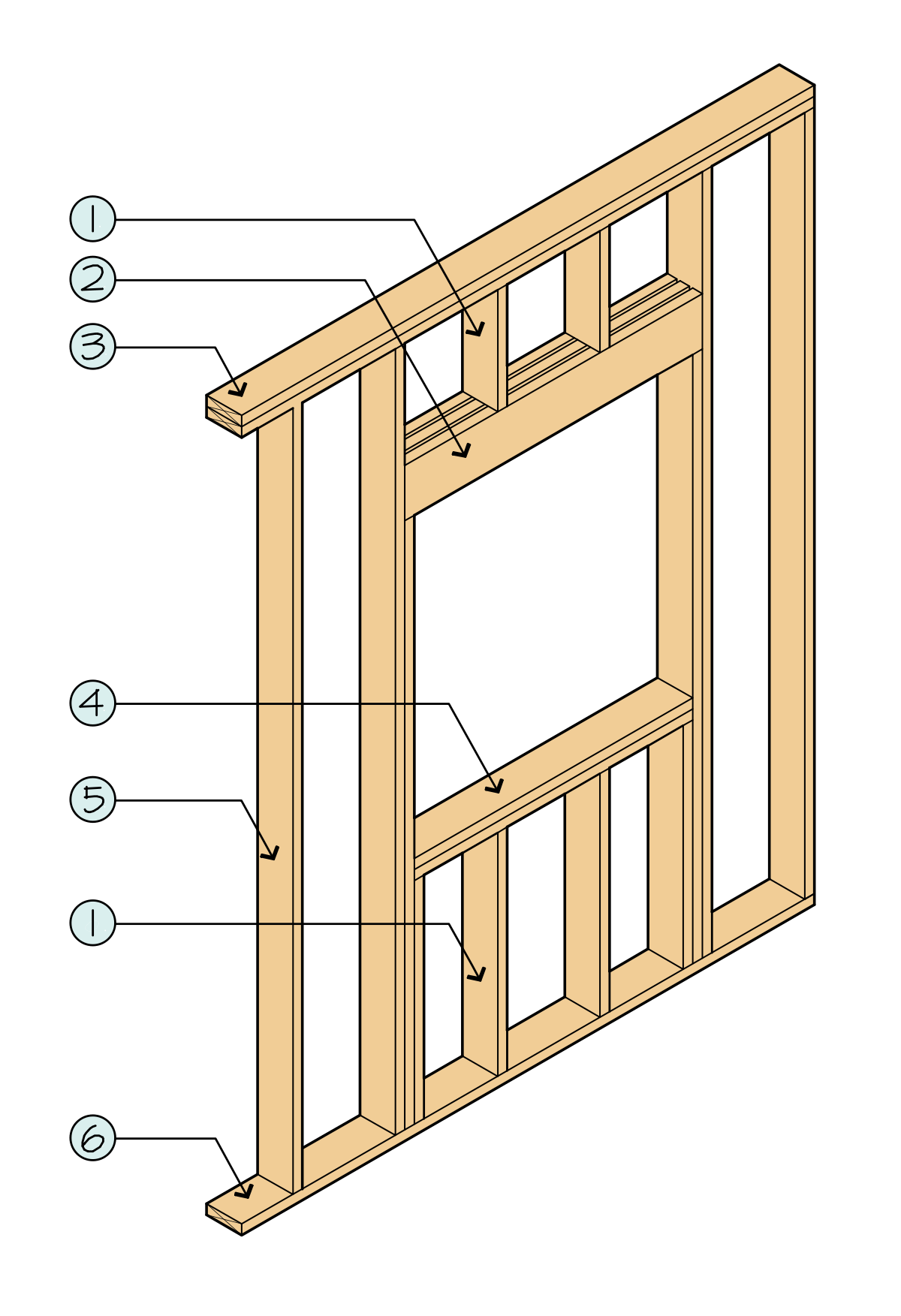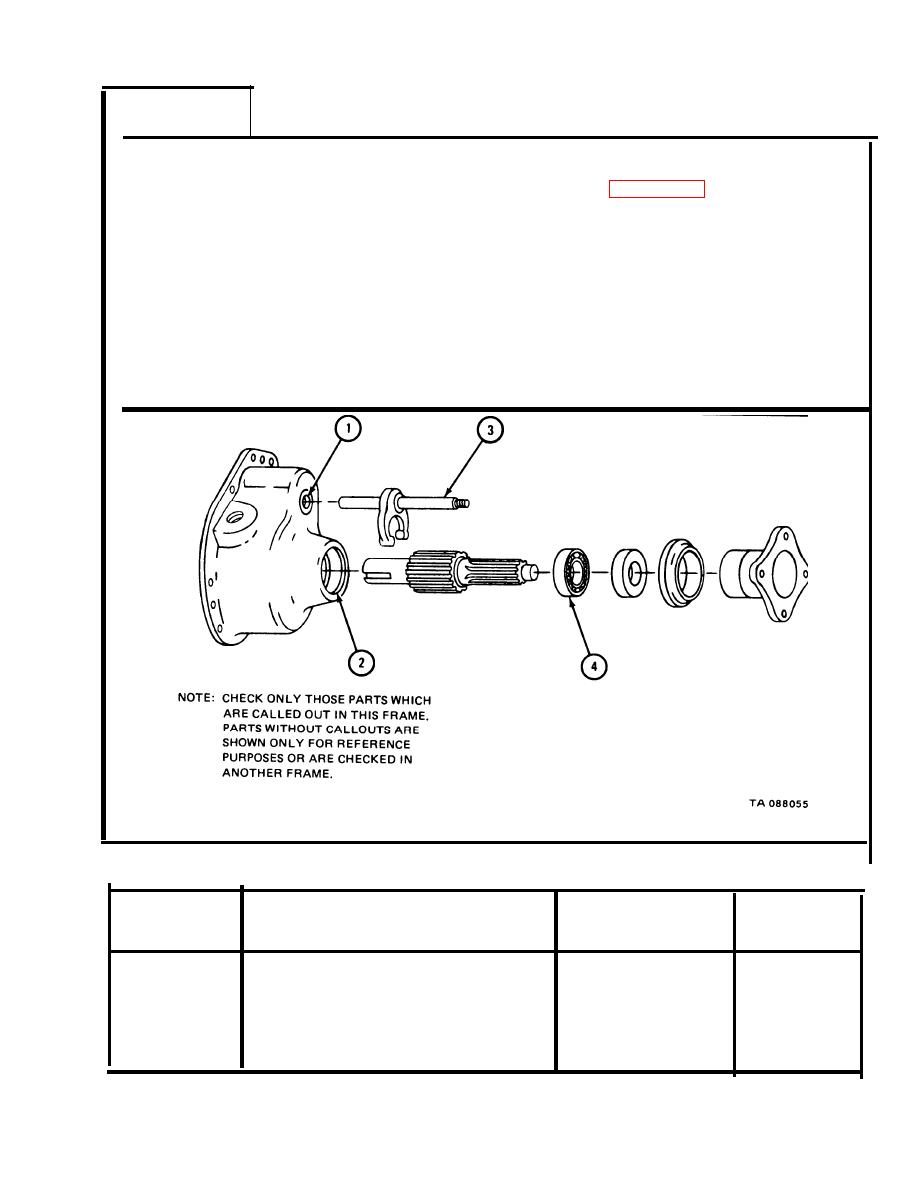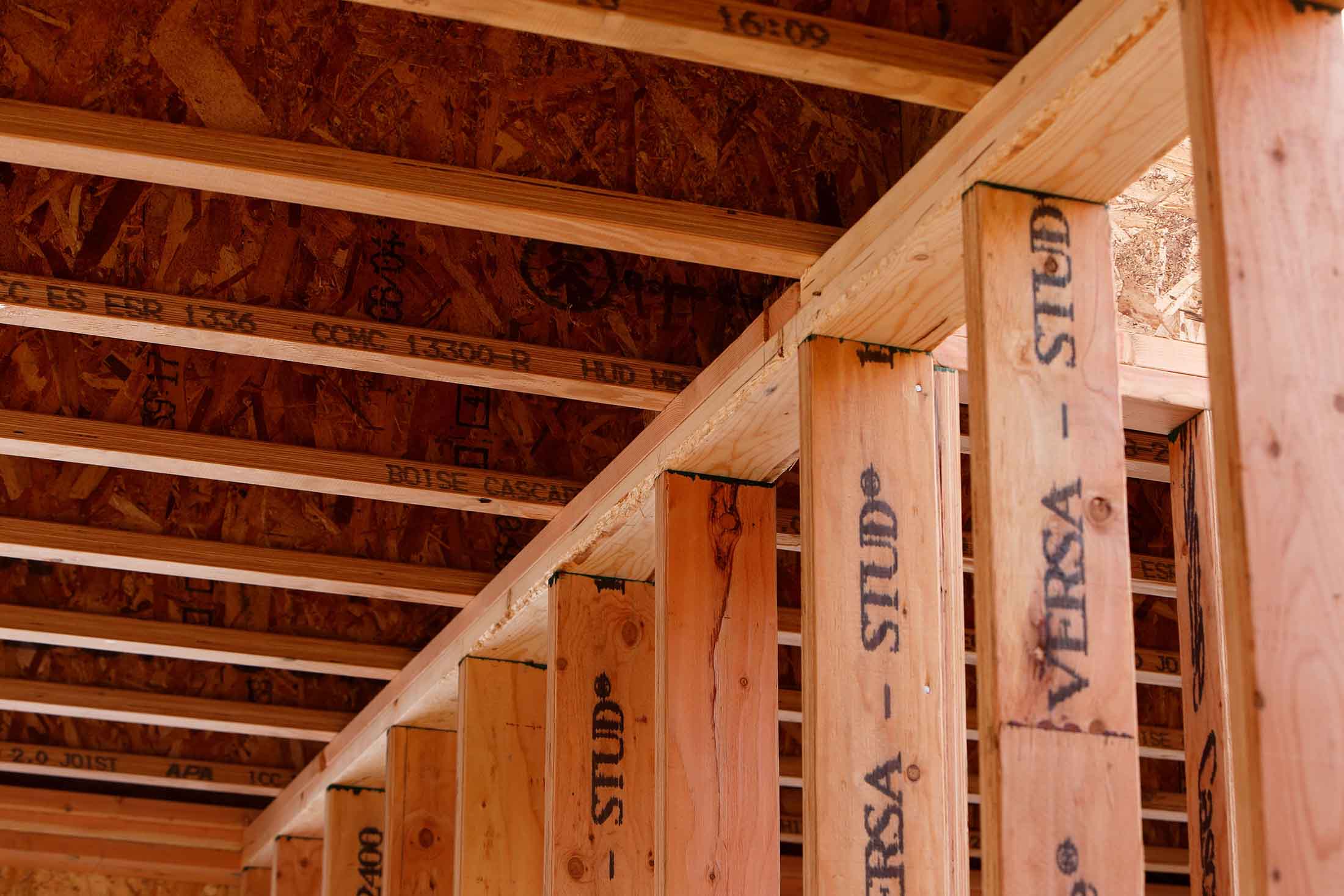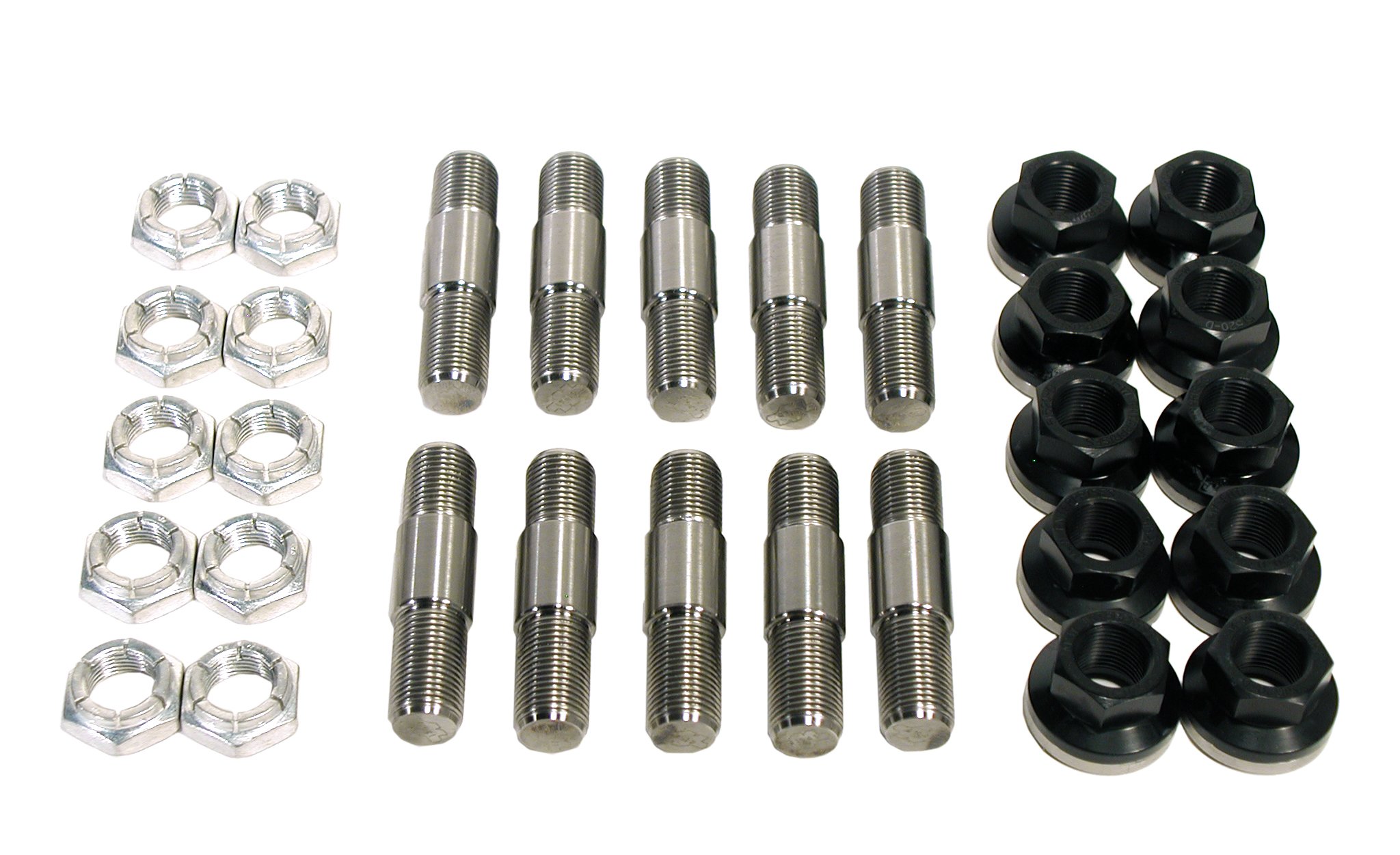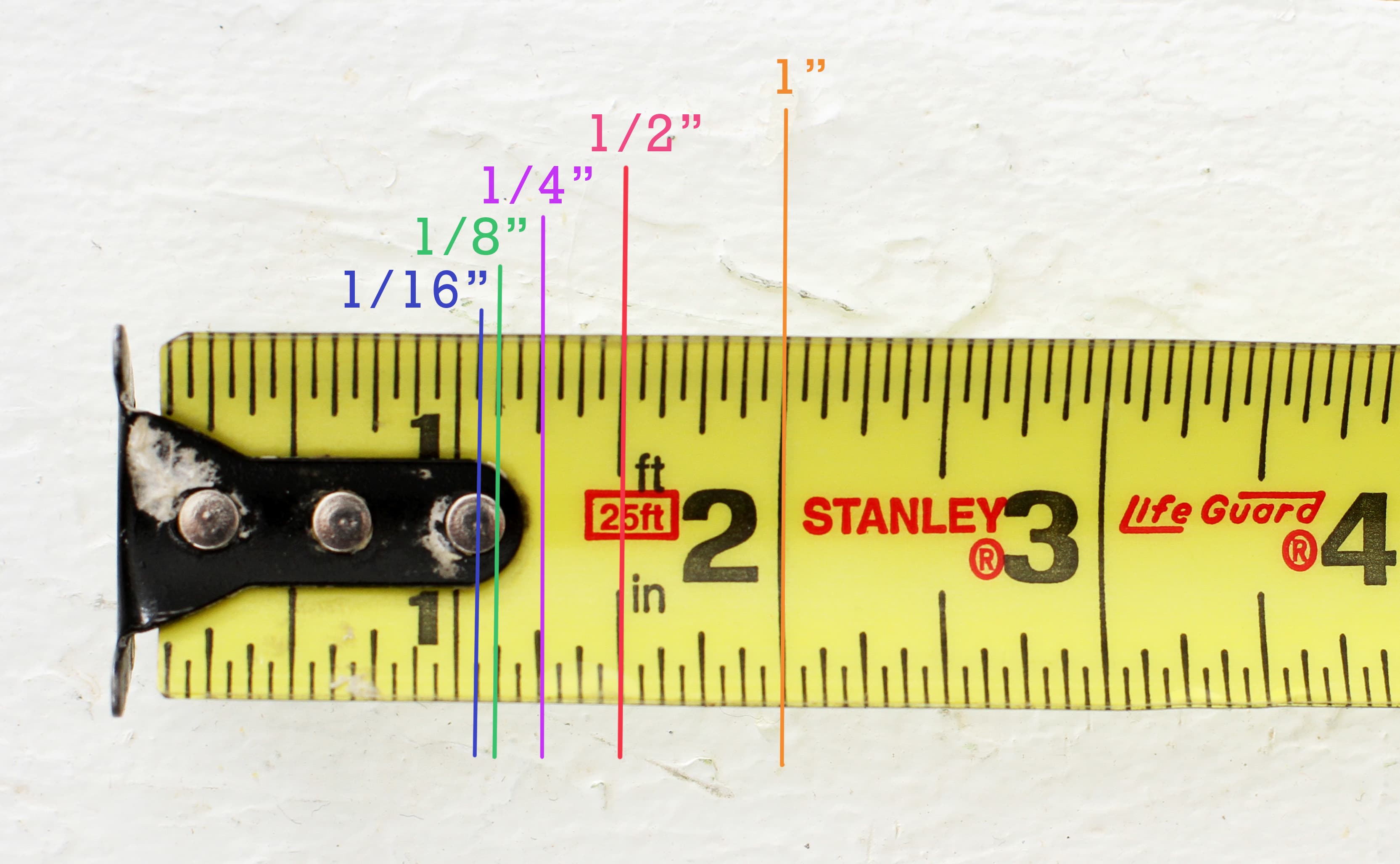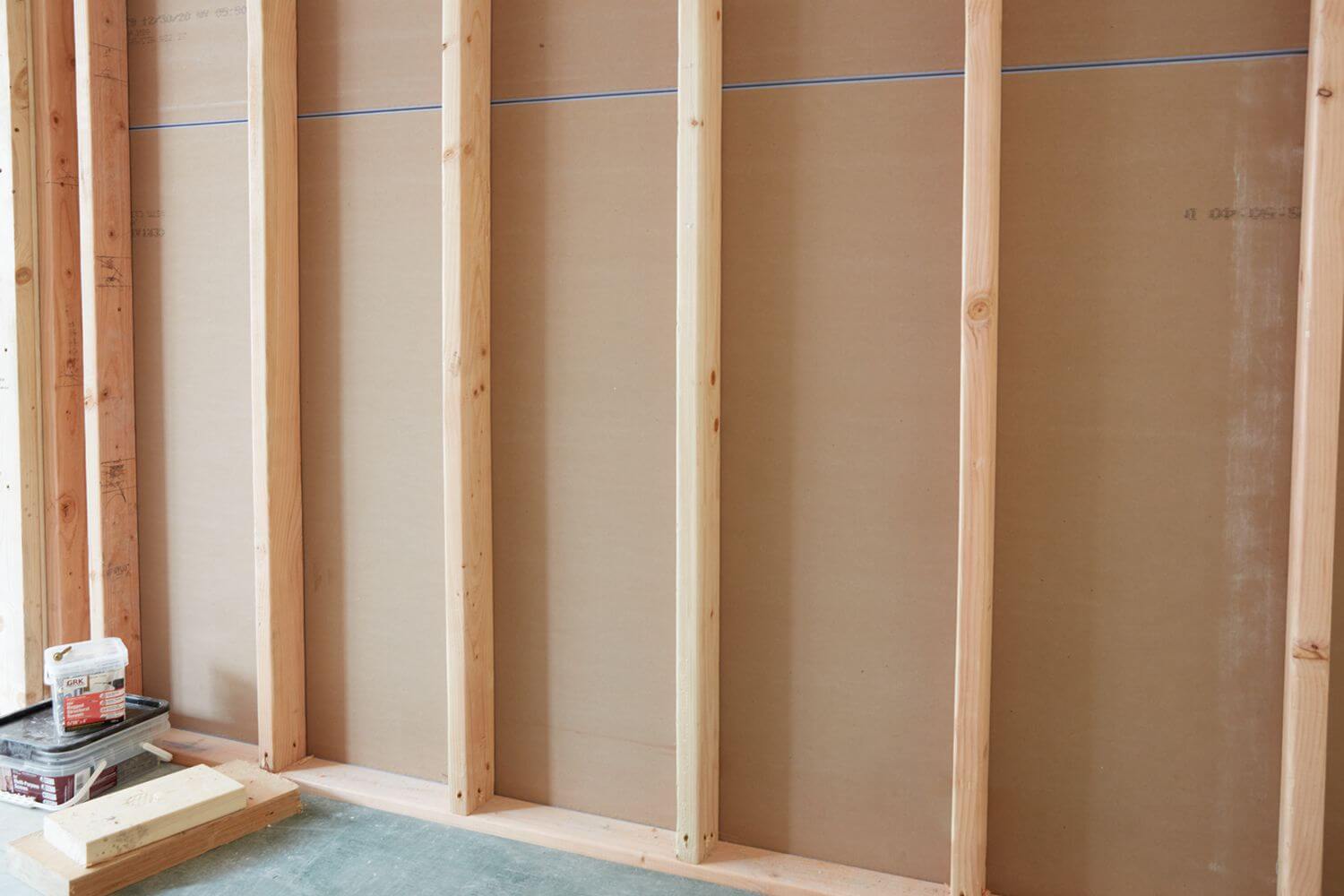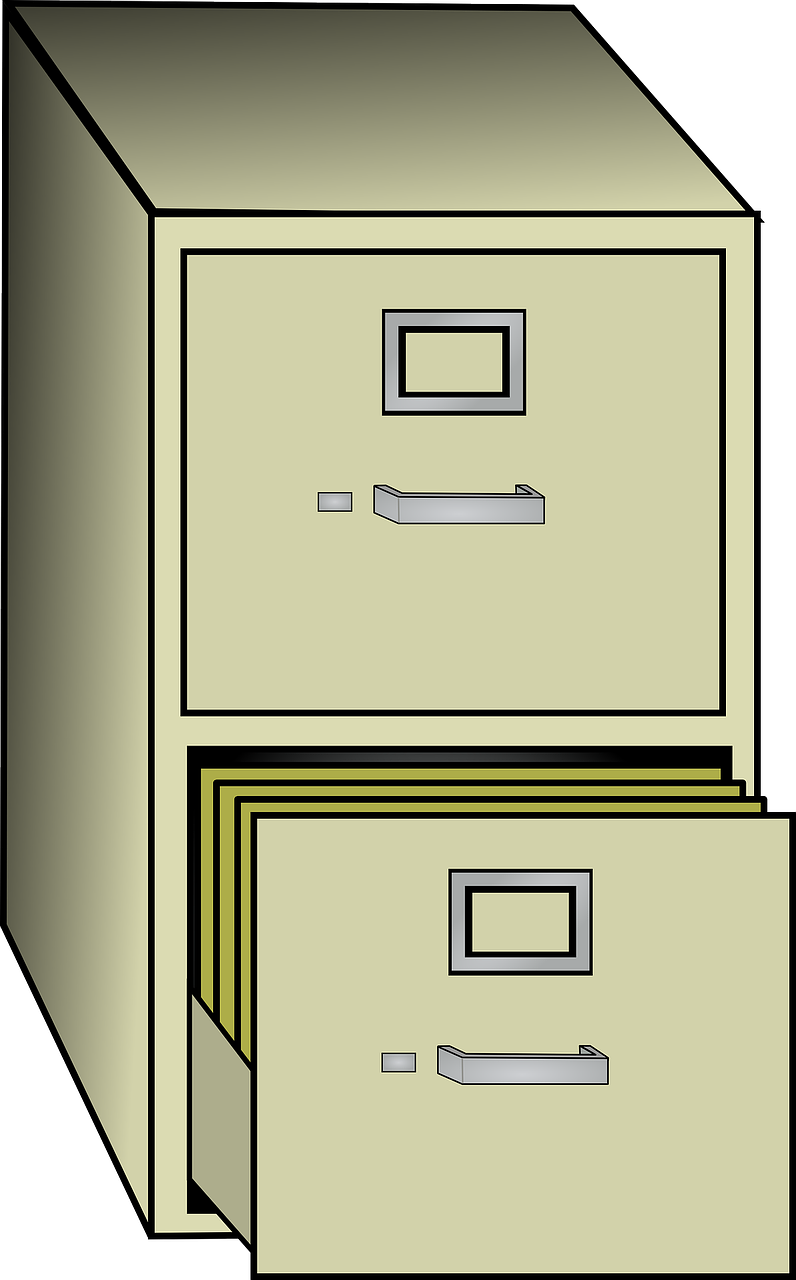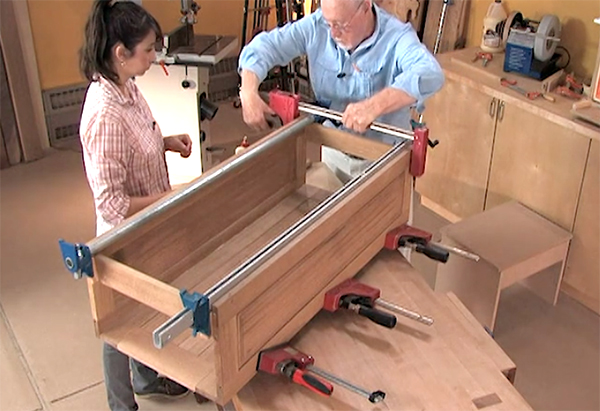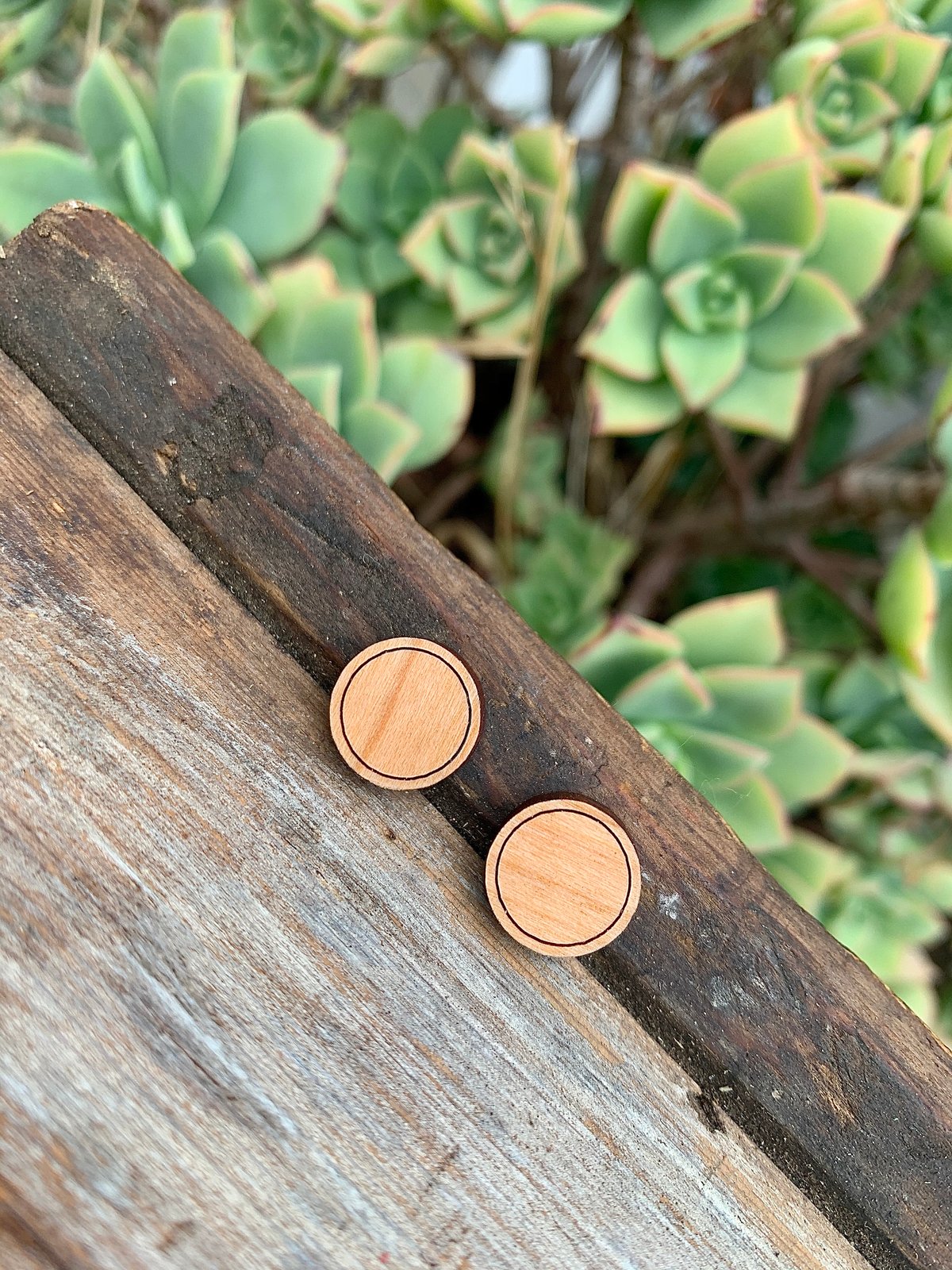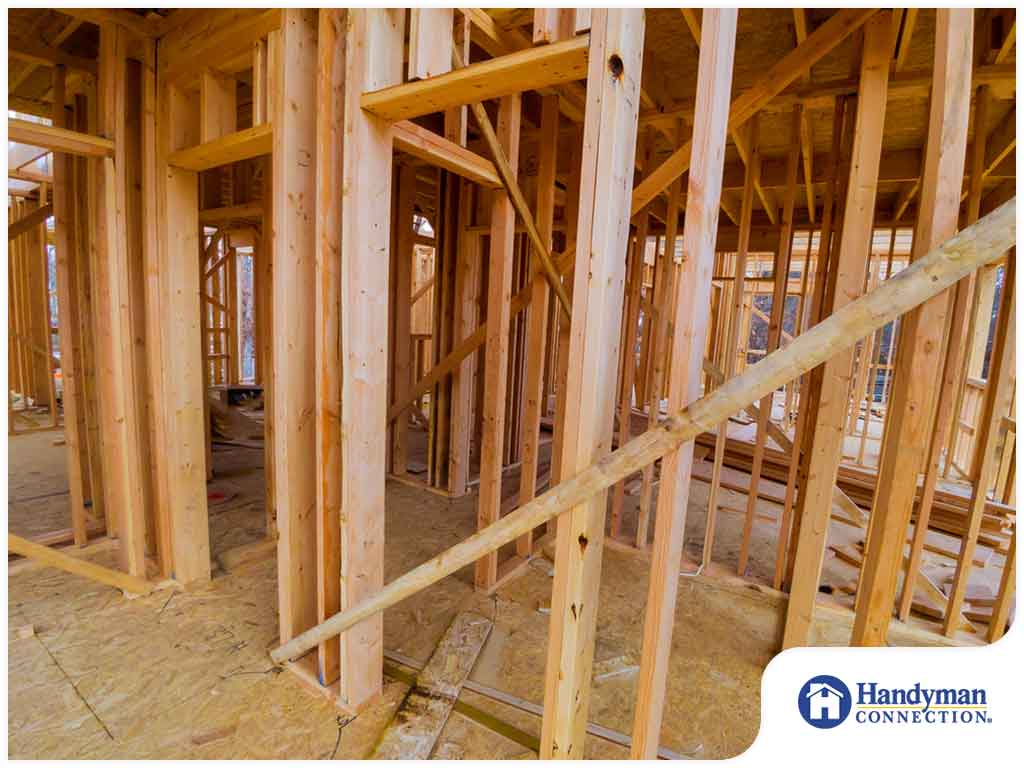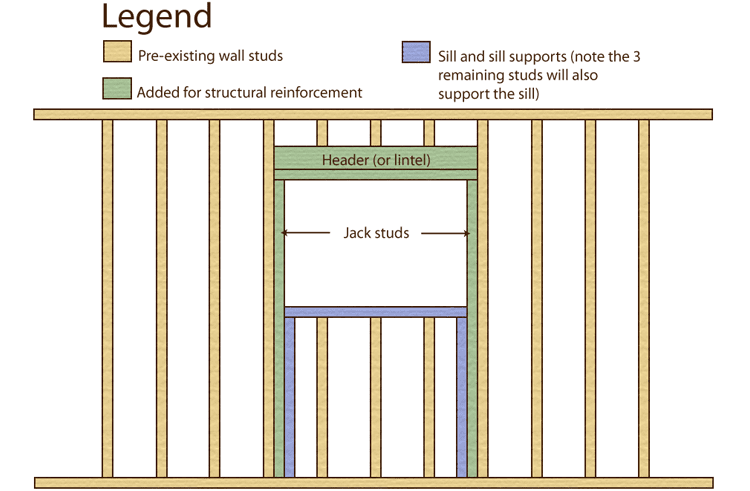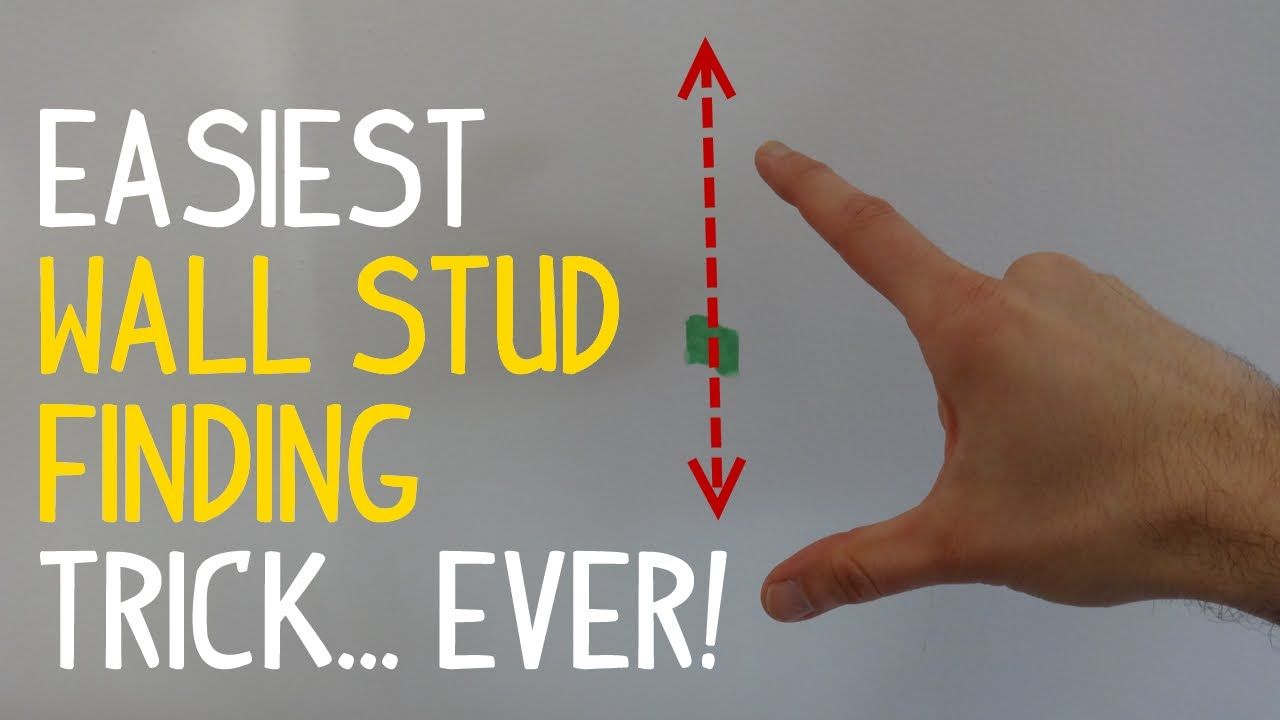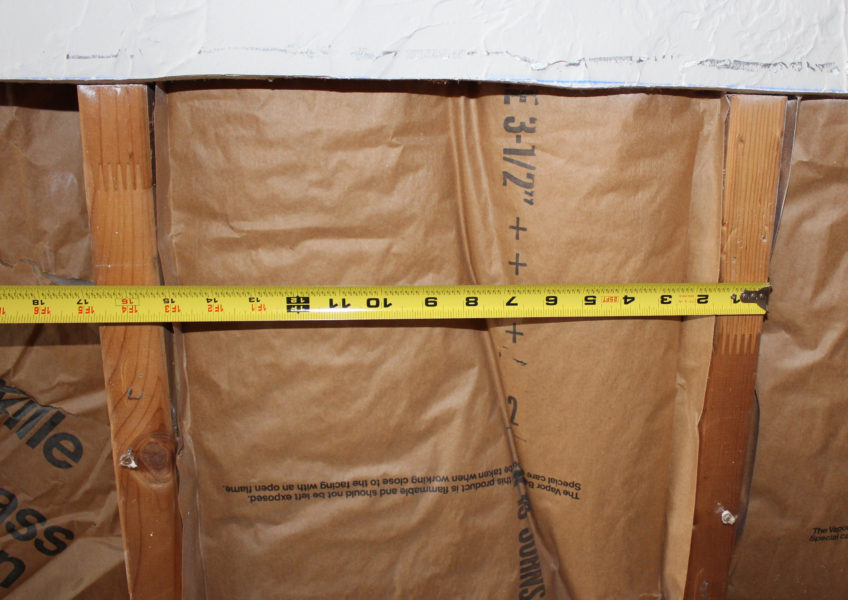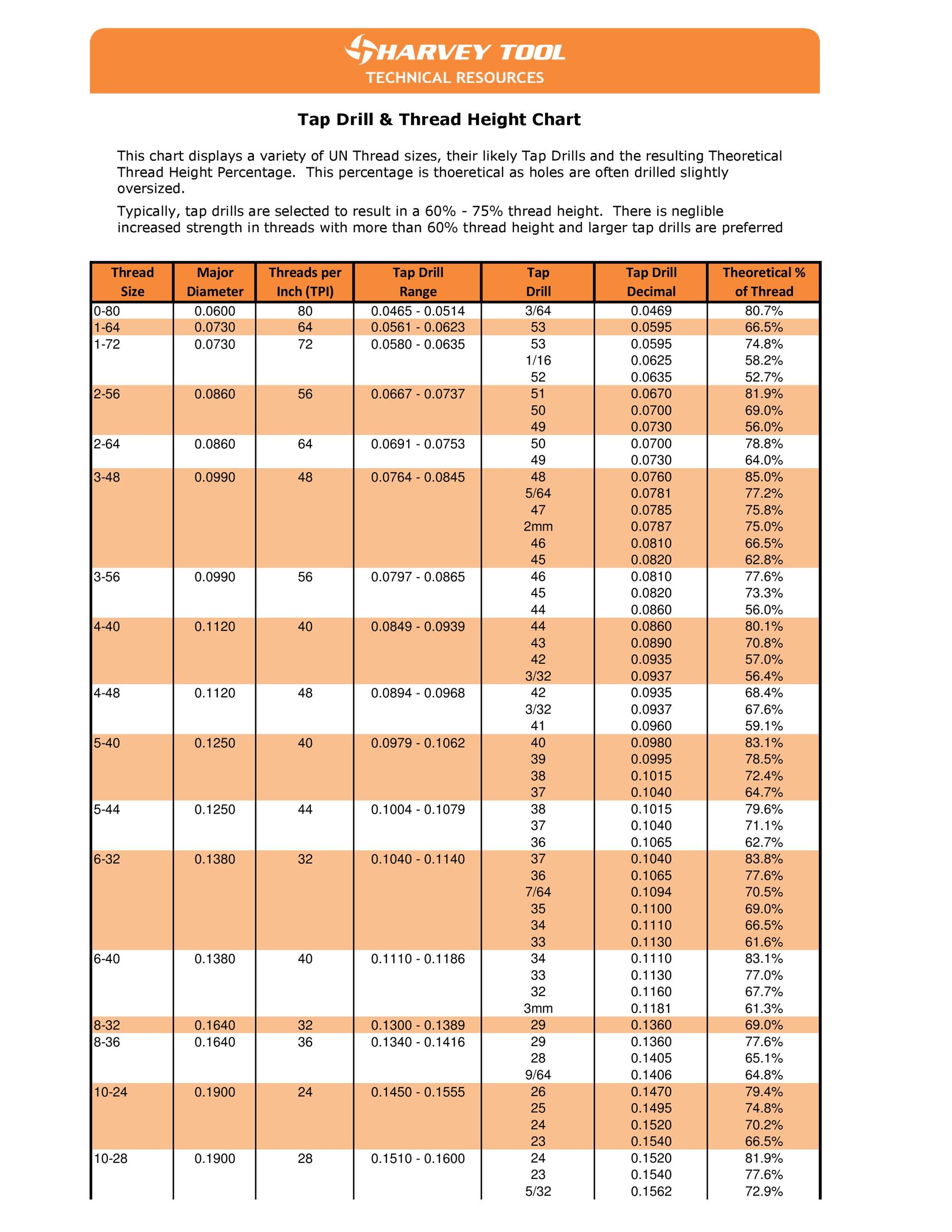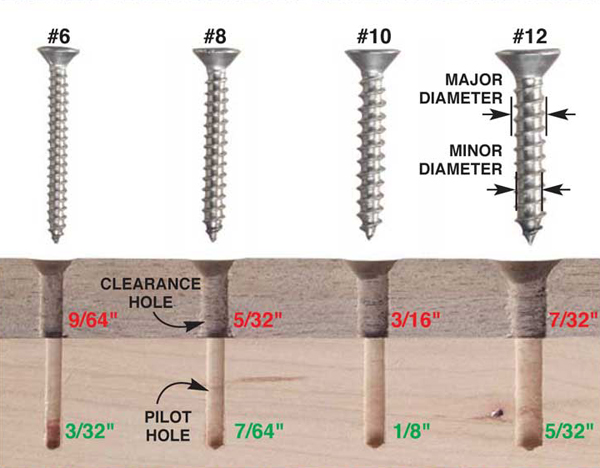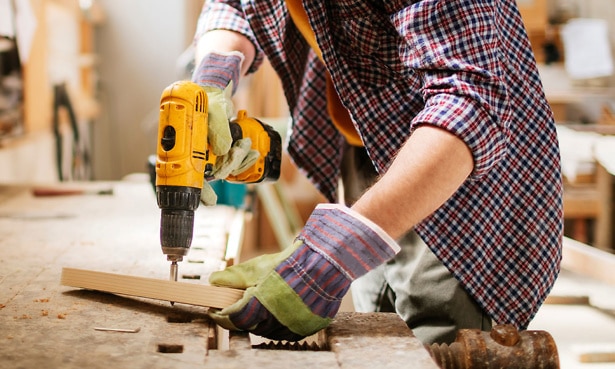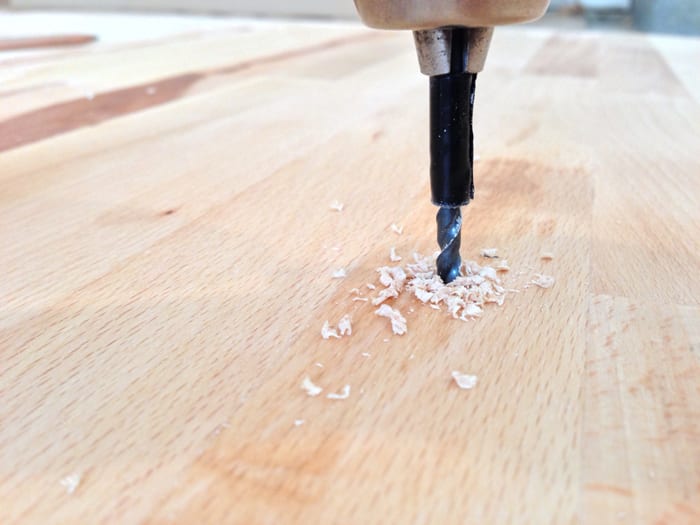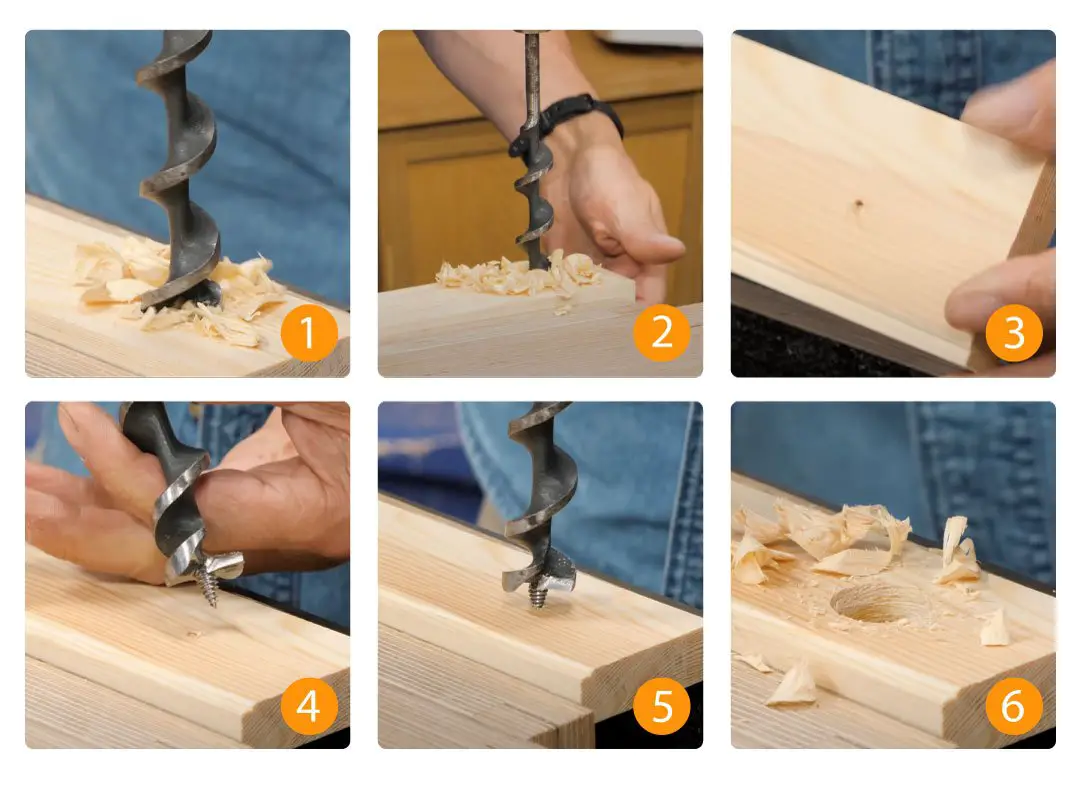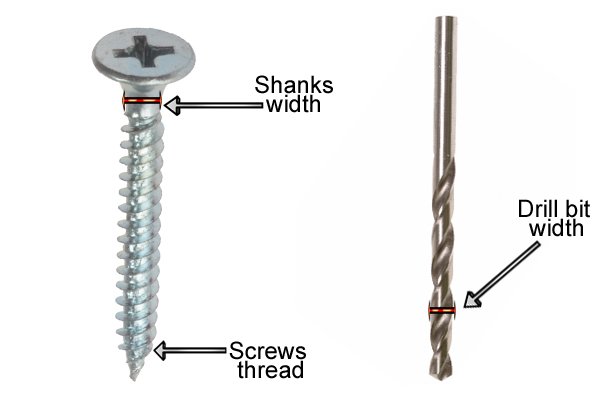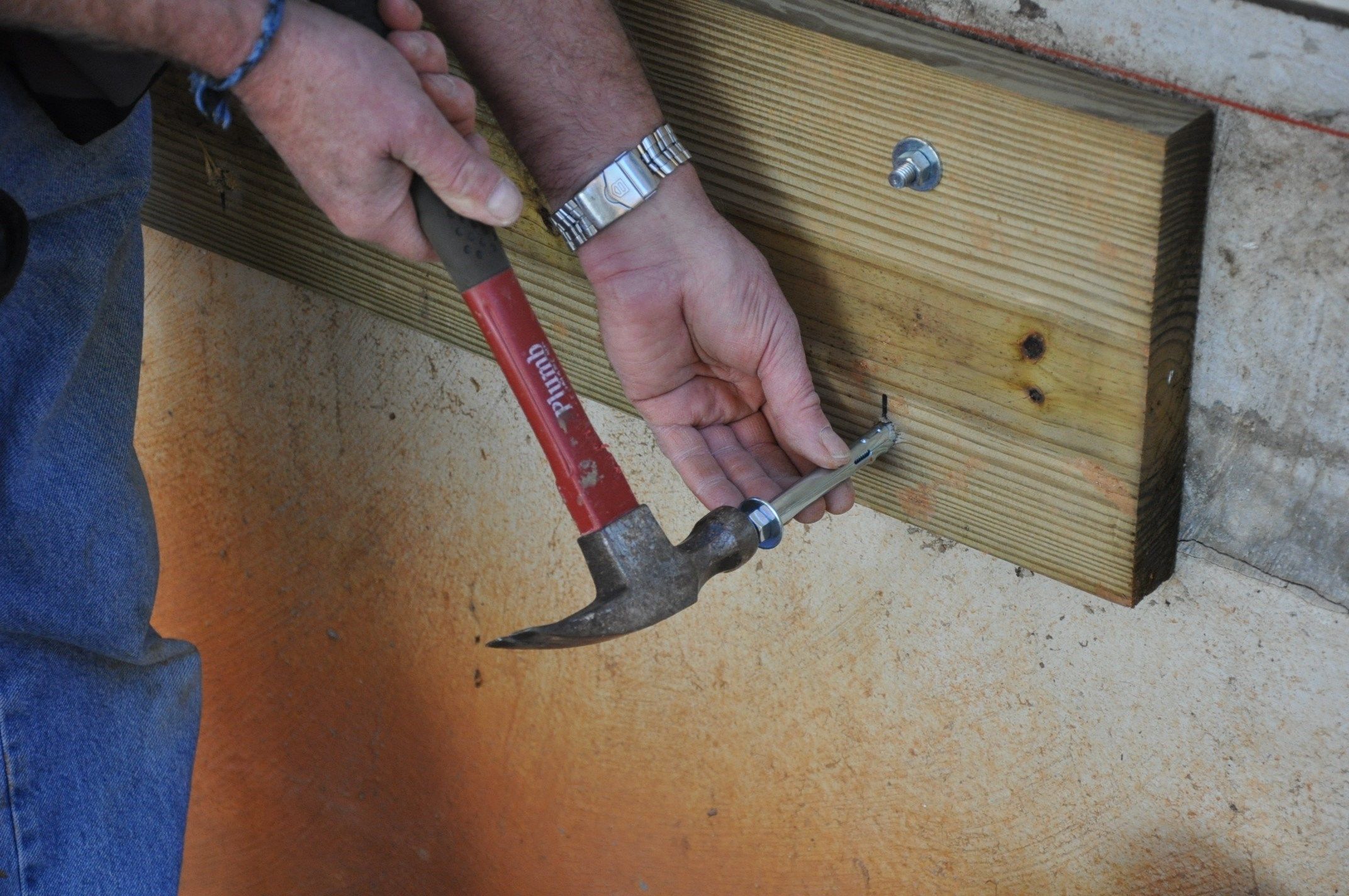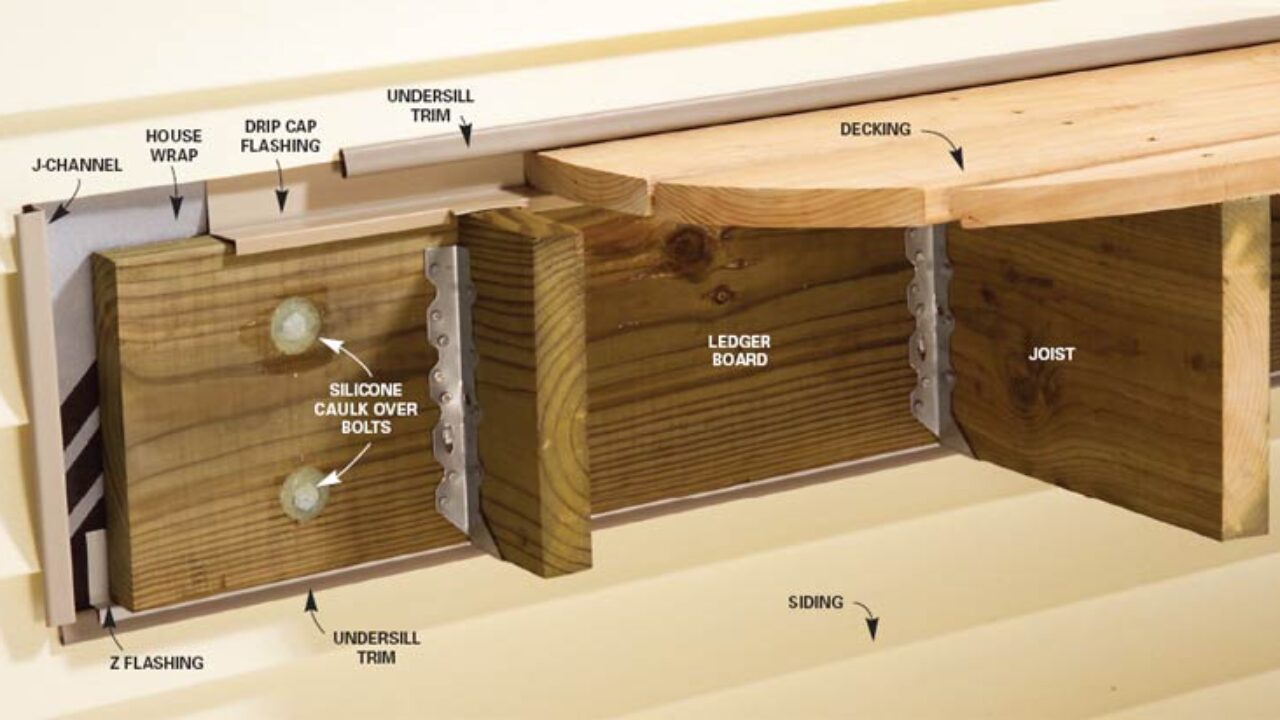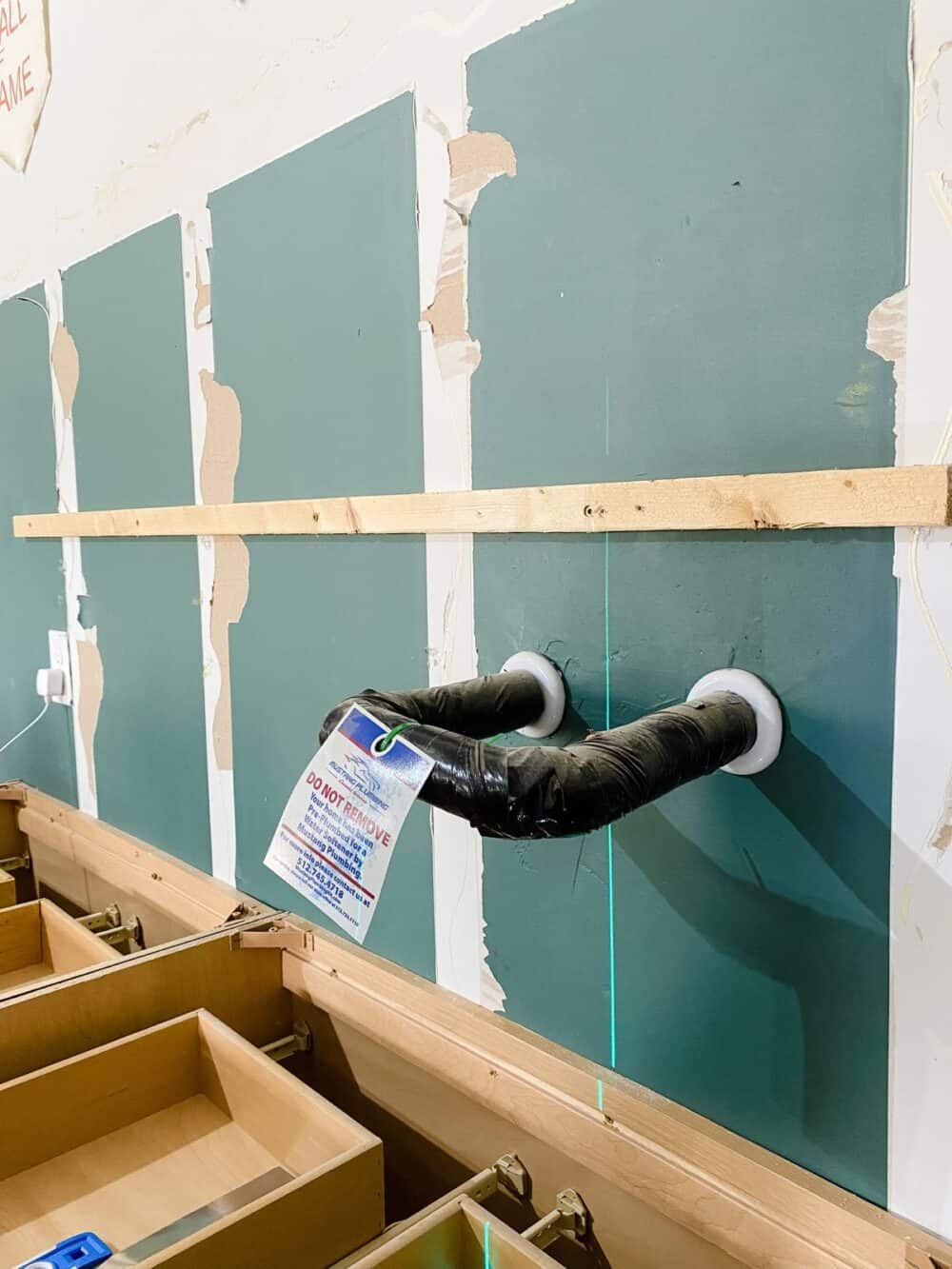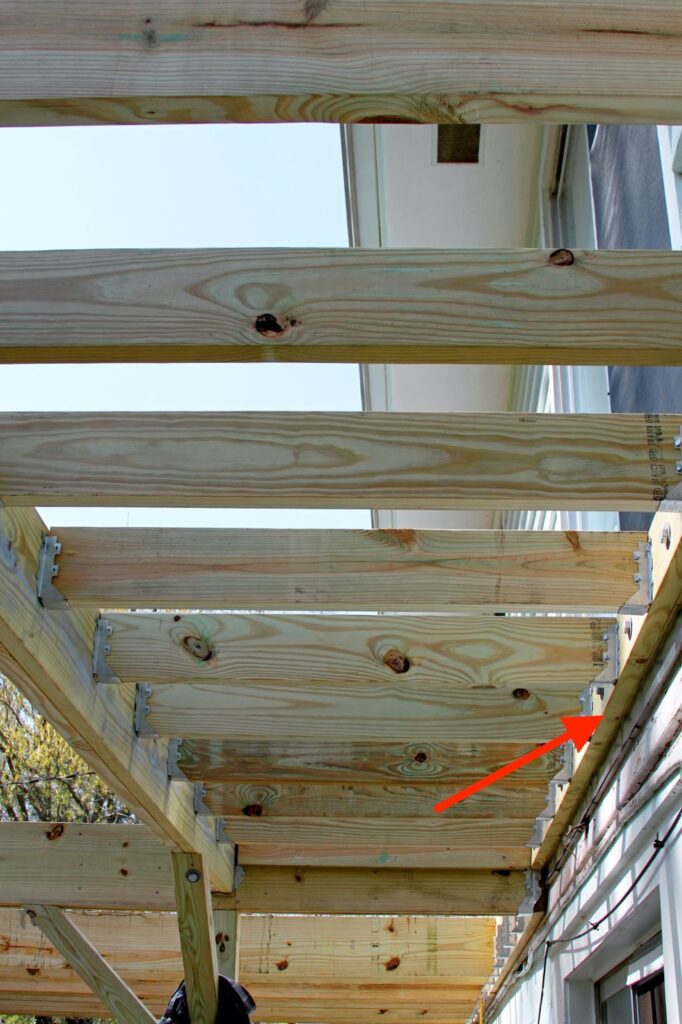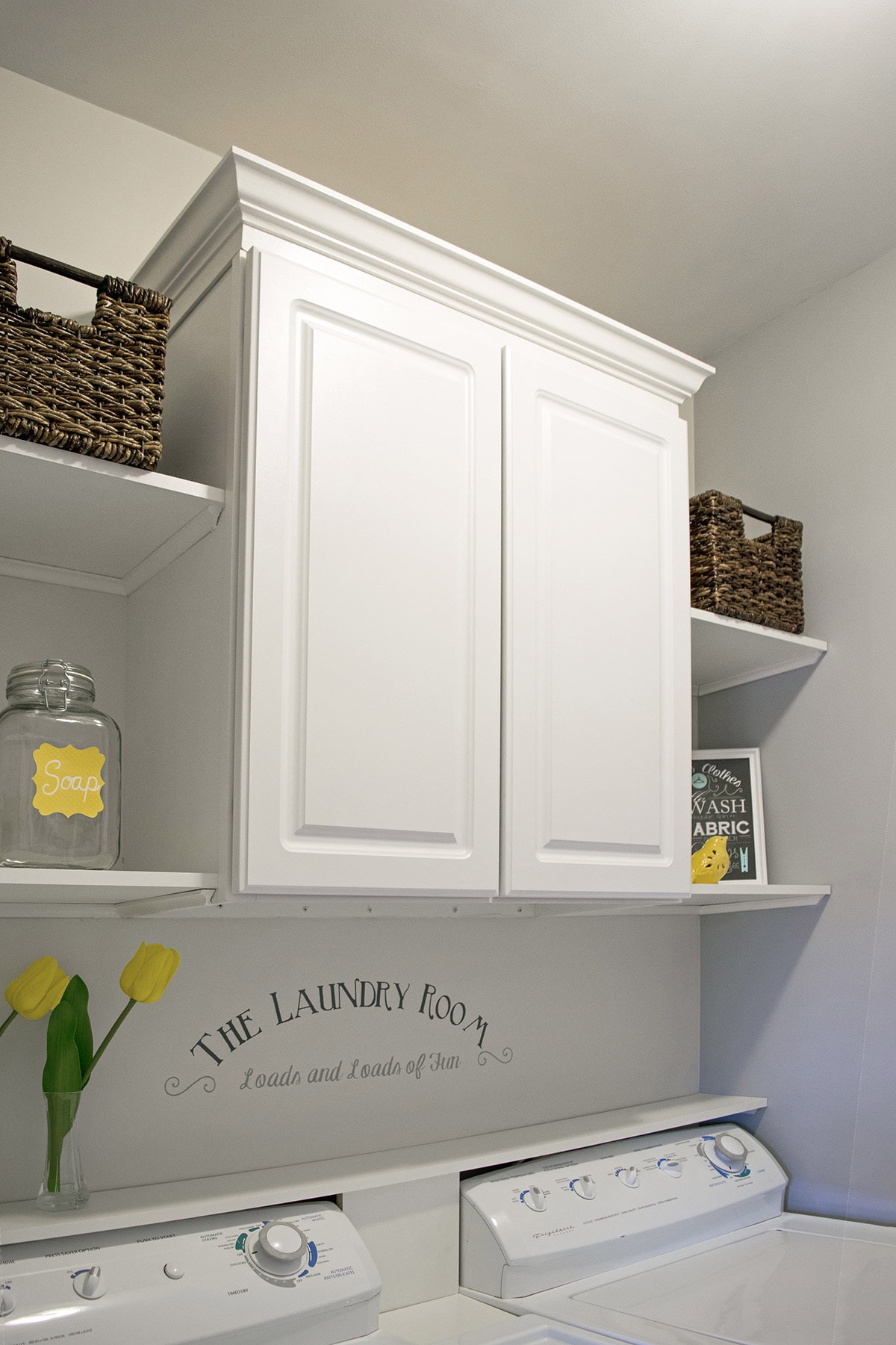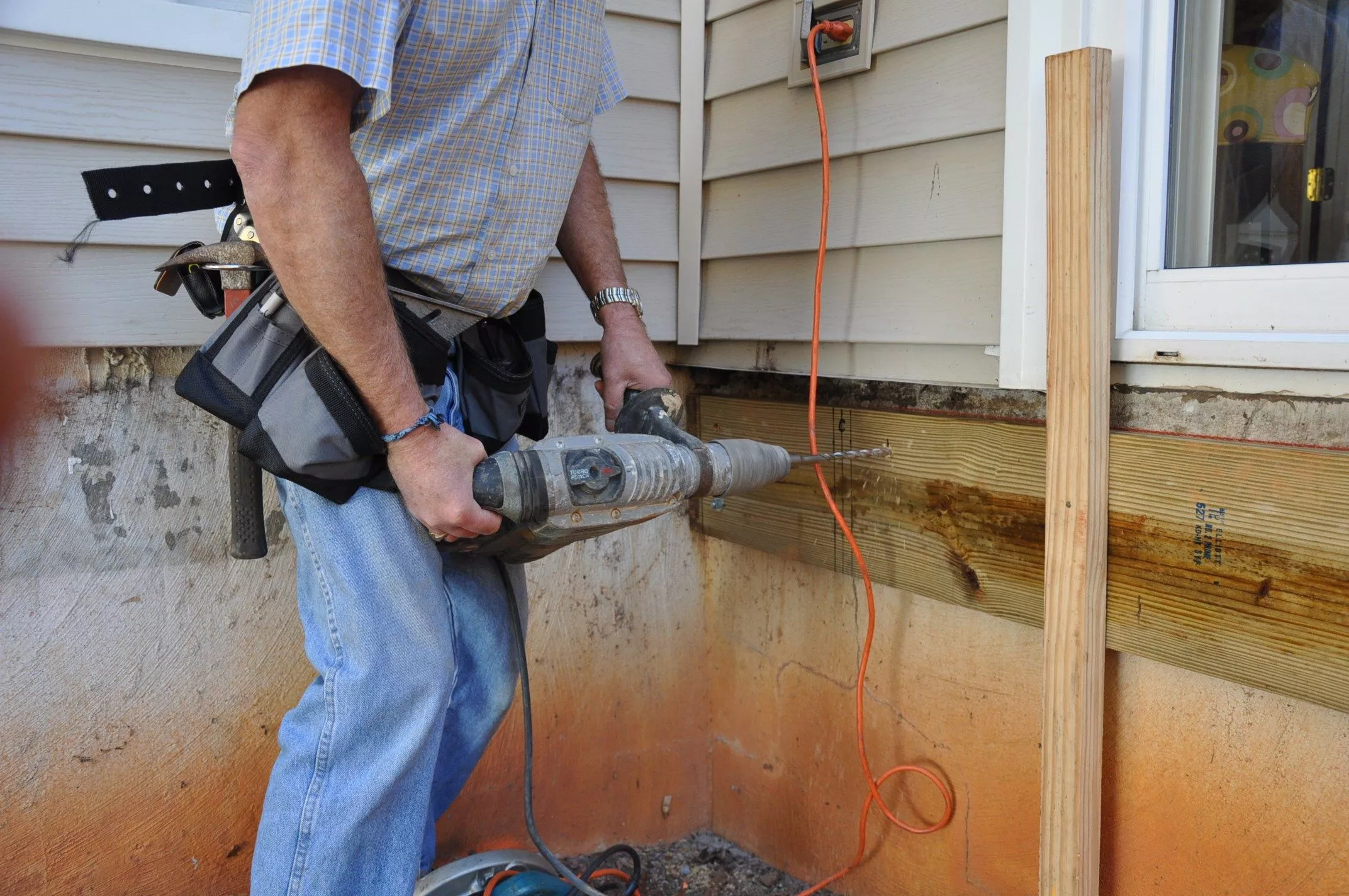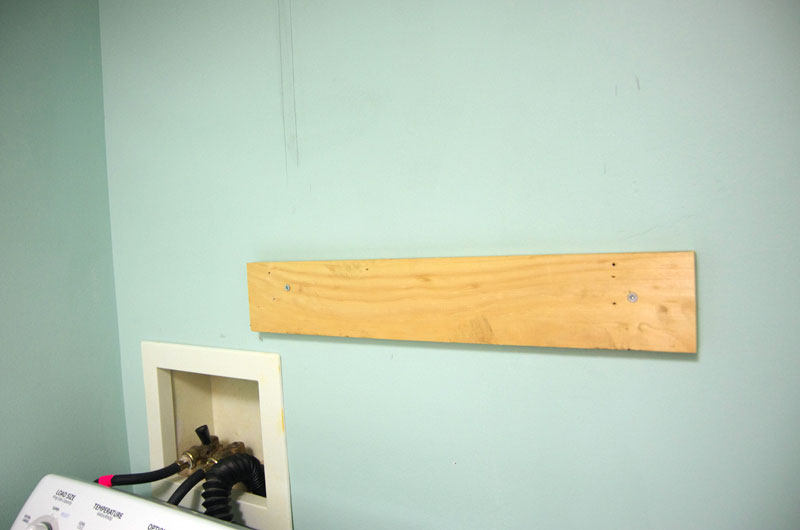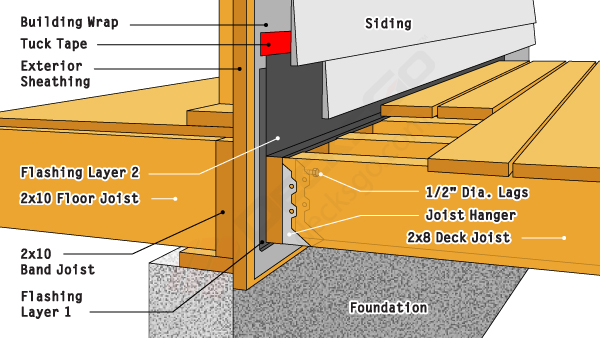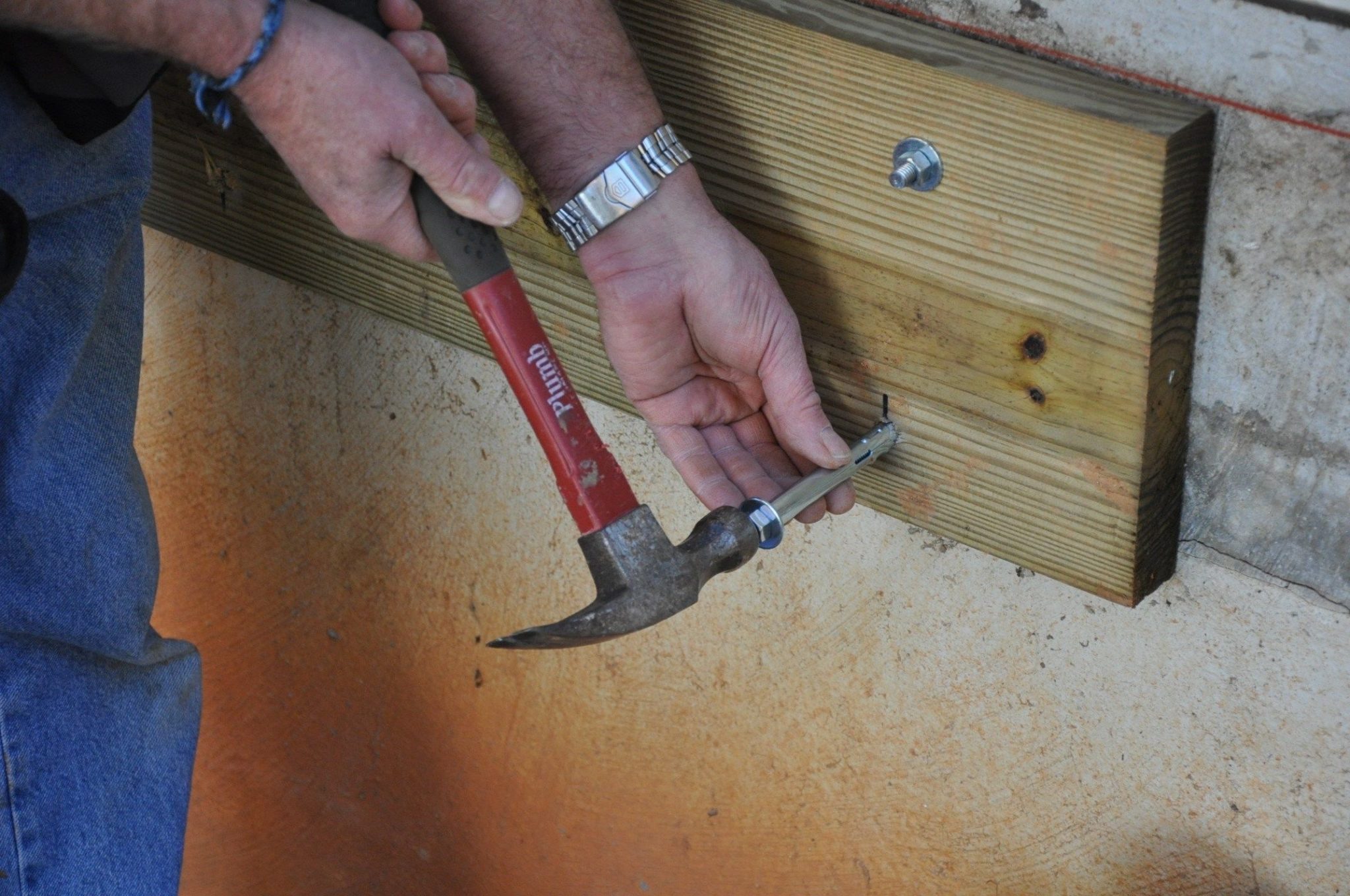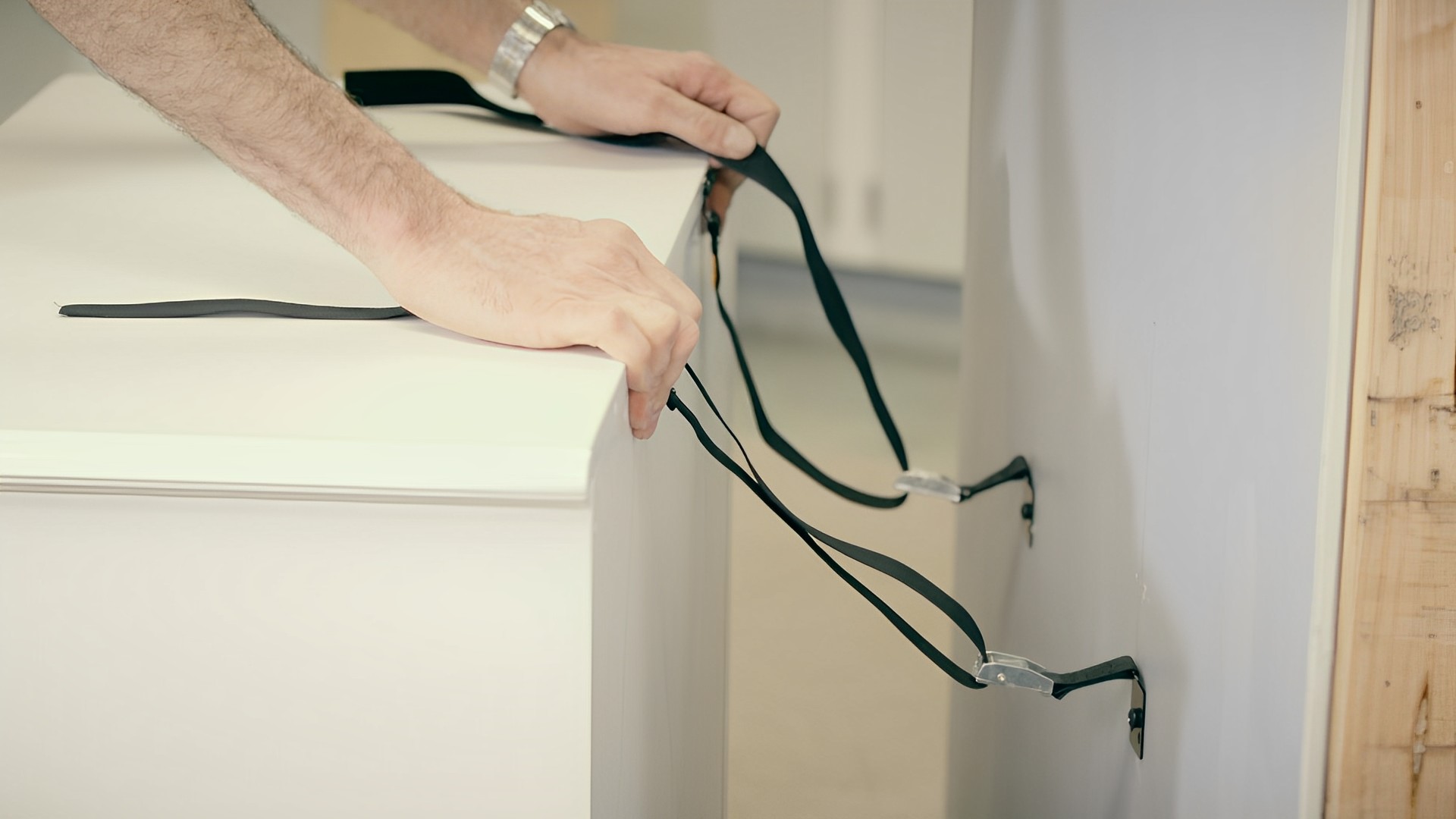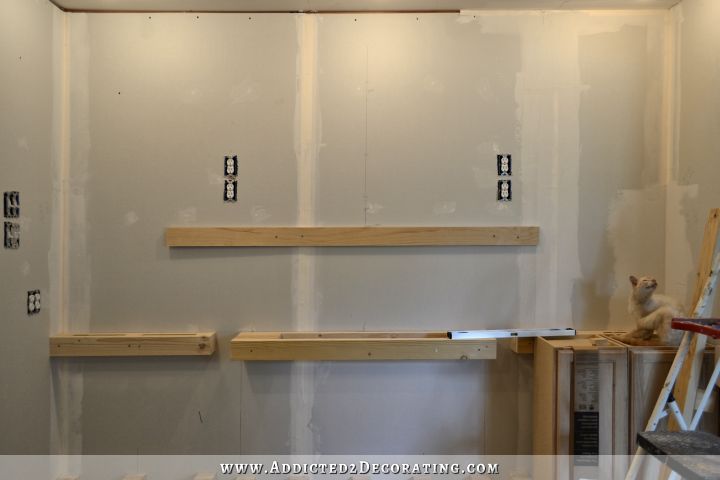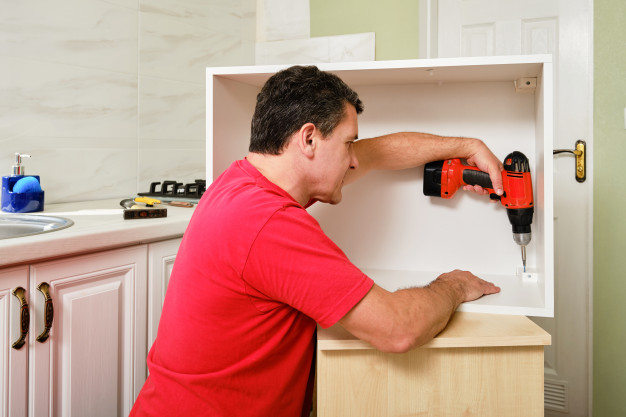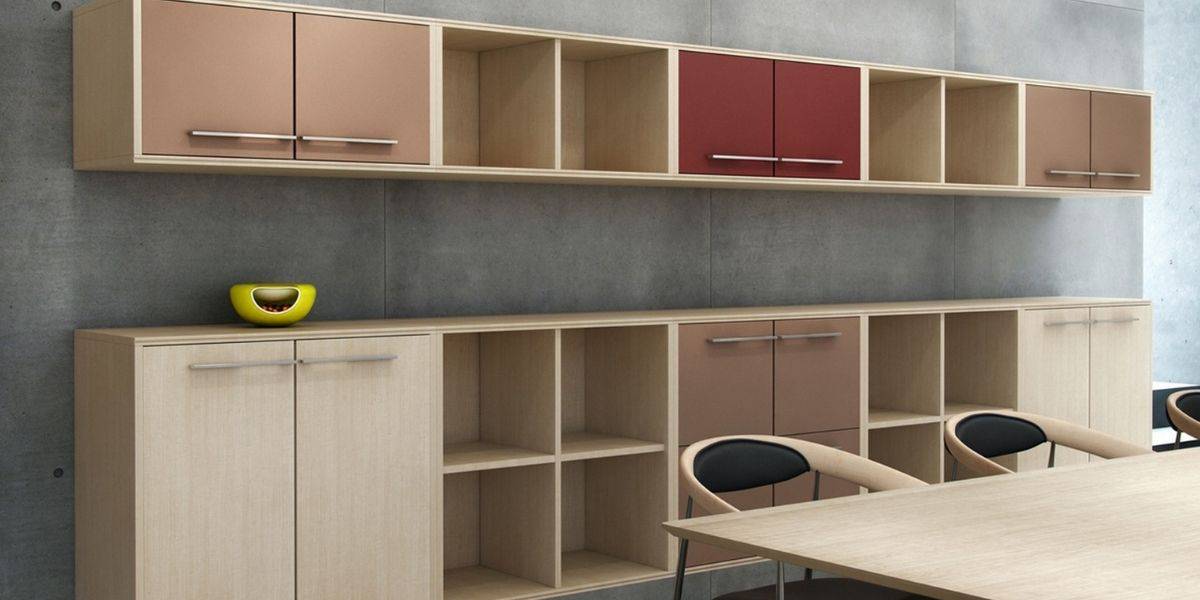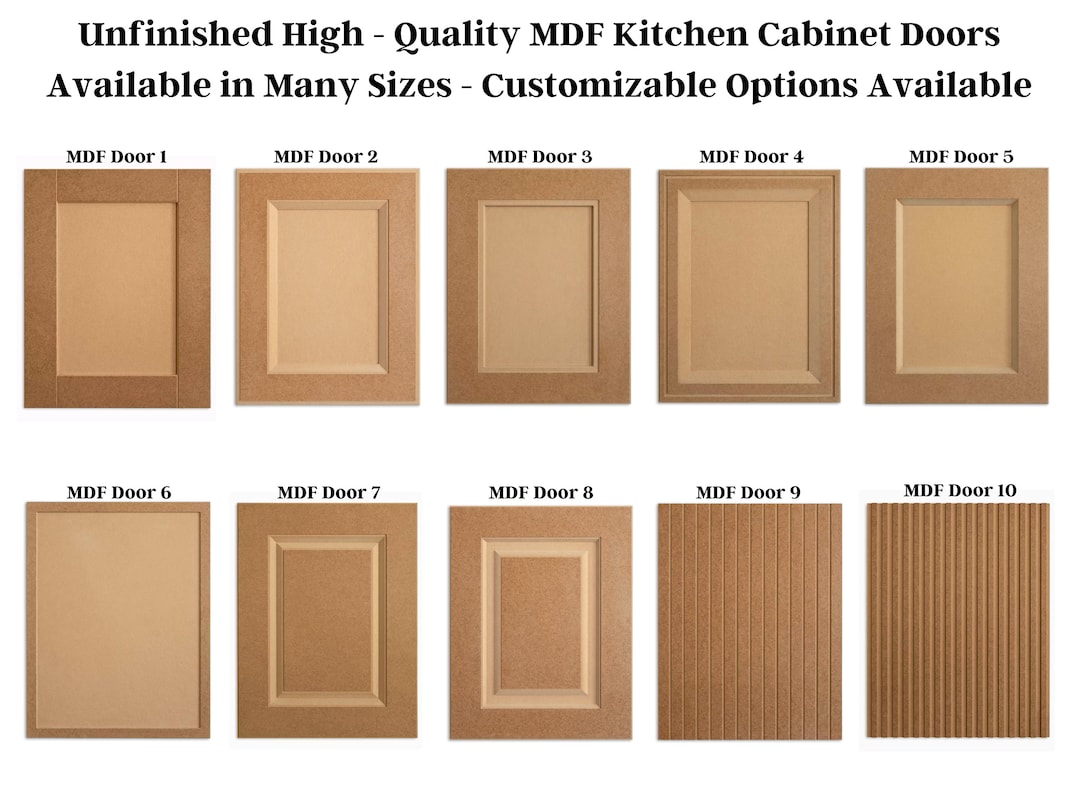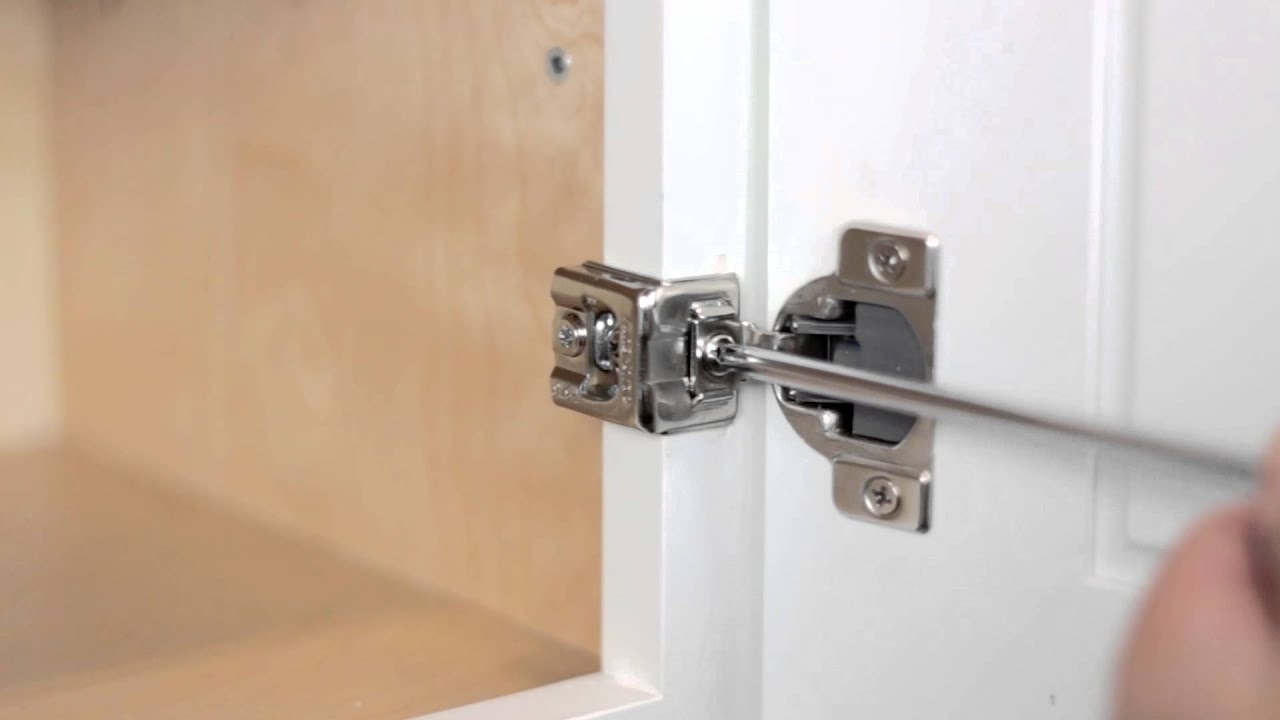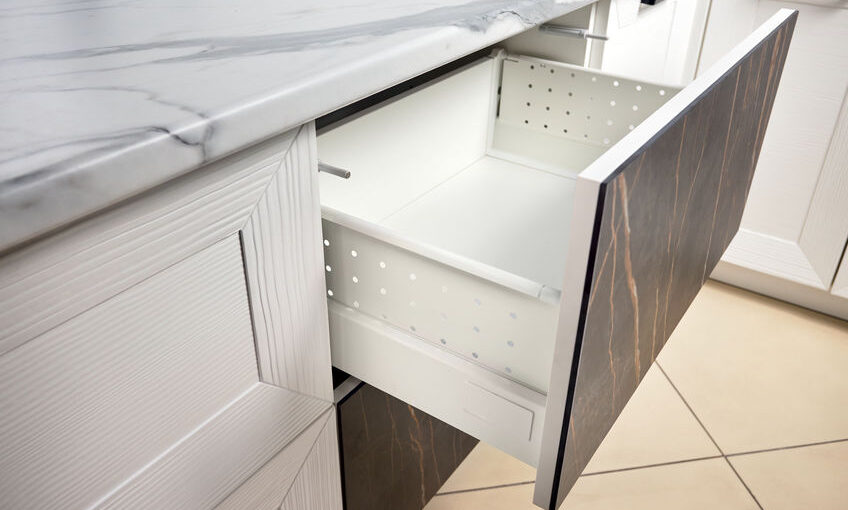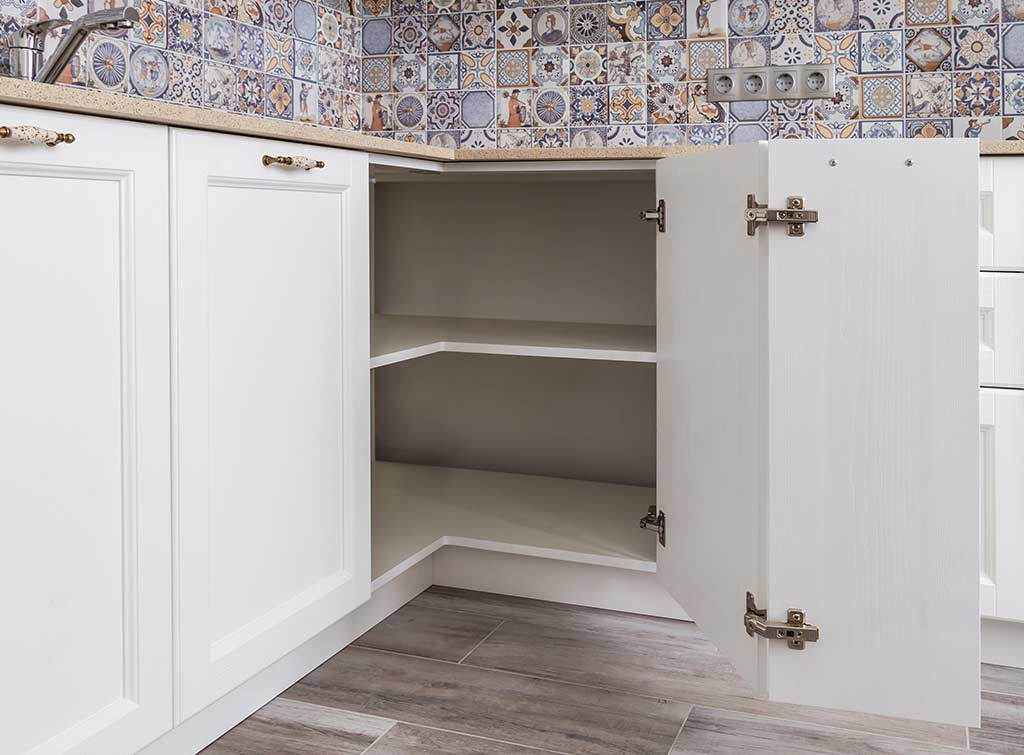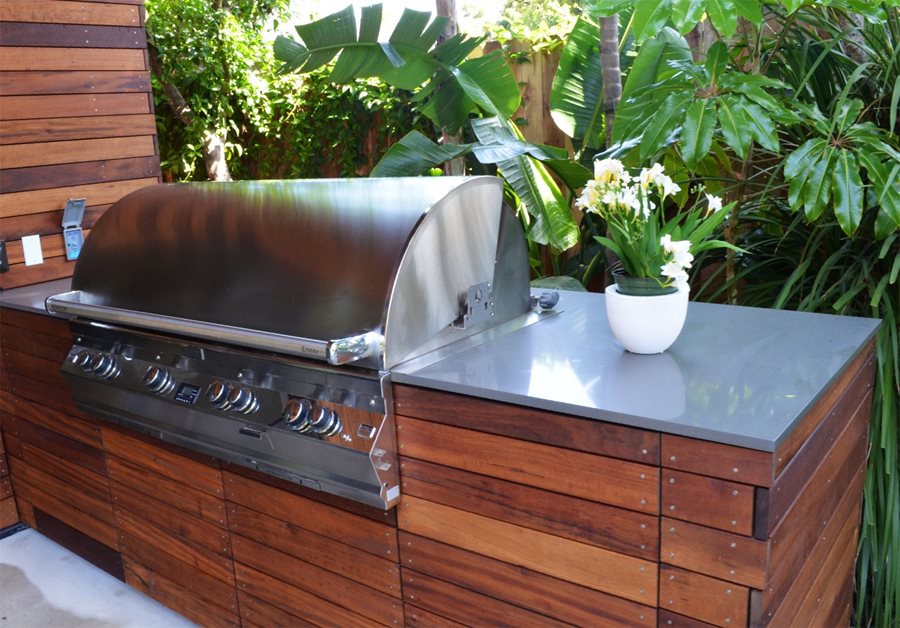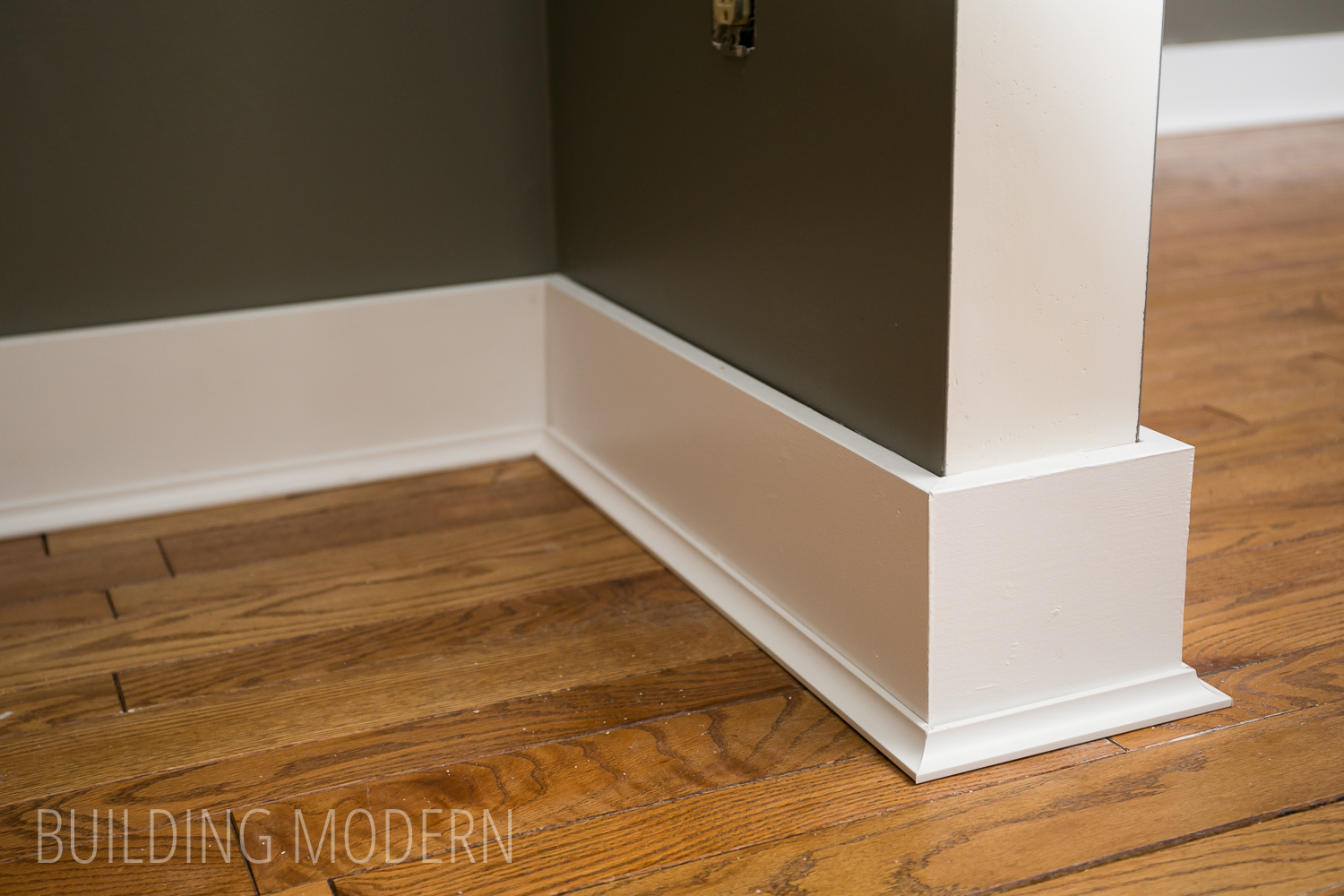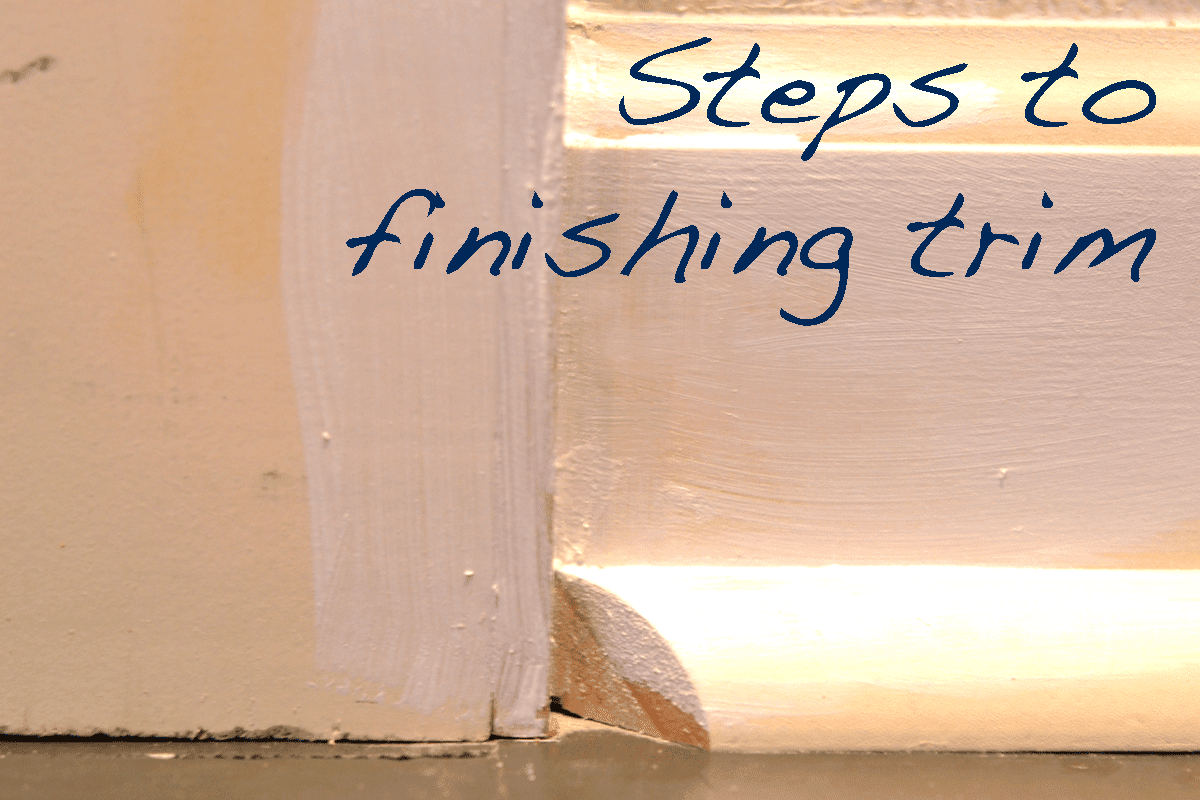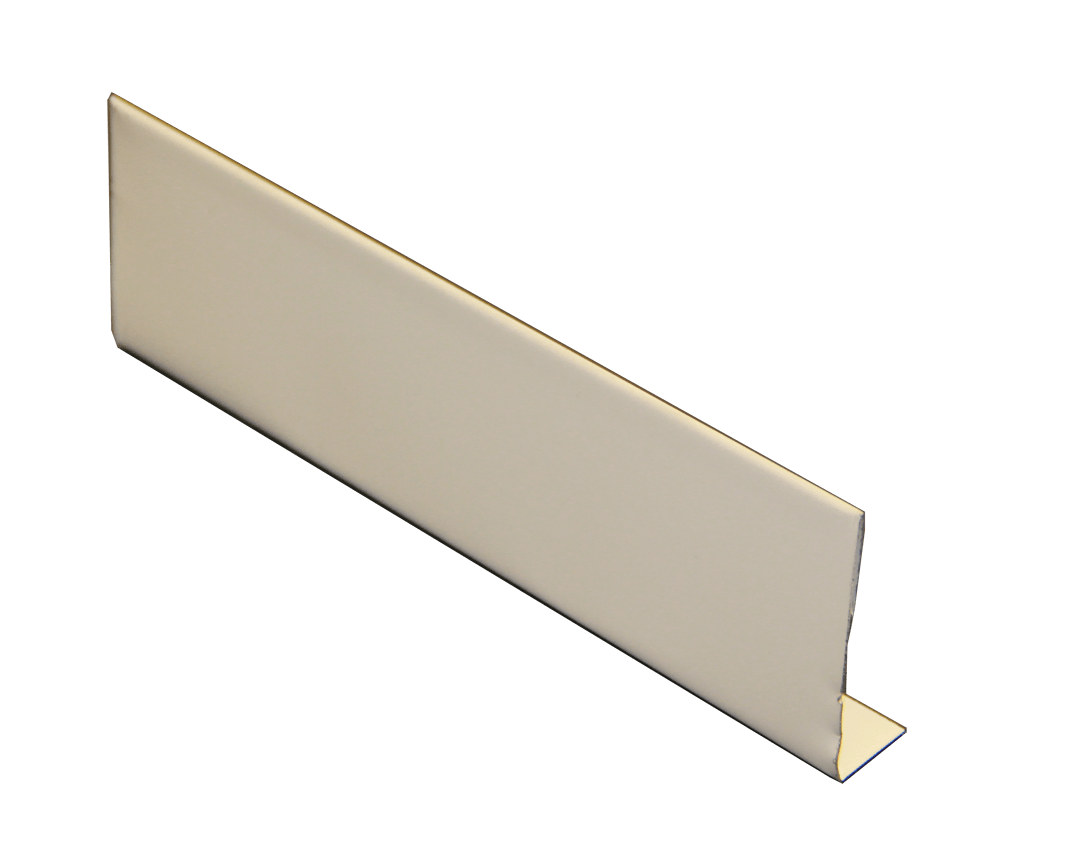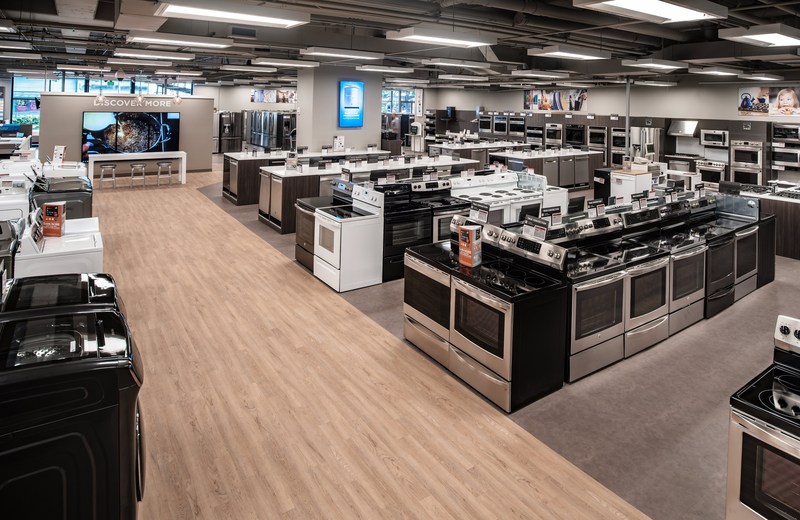Before you start installing your kitchen wall cabinets, it's important to measure the wall where you want to place them. Use a tape measure to determine the length and height of the wall, and mark the location of the studs. This will help you determine the best placement for your cabinets and ensure they are securely attached to the wall.1. Measure the wall and mark the studs
Before you hang your cabinet, you'll need to assemble it. Lay out all the pieces and follow the instructions carefully. Make sure to double check that you have all the necessary hardware and pieces before you begin assembly. If you're unsure about any of the steps, refer to the manufacturer's instructions or ask for help.2. Assemble the cabinet
Once your cabinet is assembled, it's time to locate the wall studs. This is crucial for securely attaching the cabinet to the wall. Use a stud finder or knock on the wall to determine the location of the studs. Mark them with a pencil so you know where to drill later on.3. Locate the wall studs
Before you start drilling, make sure you have the right size drill bit for your screws. Using a drill, make pilot holes in the back of the cabinet where it will be attached to the wall. This will make it easier to screw in the screws and prevent the wood from splitting.4. Drill pilot holes
A ledger board is a horizontal board that is attached to the wall and acts as a support for the cabinet while you're installing it. Use a level to make sure the board is straight and attach it to the wall using screws. Make sure to align it with the marks you made for the studs.5. Install a ledger board
With the help of a friend, carefully lift the cabinet onto the ledger board. Make sure it is level and flush with the wall. Use clamps to hold it in place while you secure it to the wall.6. Hang the cabinet on the ledger board
Using the pilot holes you drilled earlier, attach the cabinet to the wall studs using screws. Make sure to use long enough screws to ensure a secure attachment. Double check that the cabinet is level and make any necessary adjustments.7. Secure the cabinet to the wall studs
Now that your cabinet is securely attached to the wall, it's time to adjust the doors and drawers. Use a screwdriver to adjust the hinges and drawer slides until they are perfectly aligned and open and close smoothly. This may take some trial and error, so be patient.8. Adjust the cabinet doors and drawers
Repeat the above steps for installing the remaining cabinets. Make sure to use a level to ensure they are all aligned and securely attached to the wall. Once all the cabinets are installed, you can move on to adding trim and hardware to give your cabinets a finished look.9. Install the remaining cabinets
The final step is to add trim and hardware to your cabinets. This will not only add visual appeal, but also cover any gaps between the cabinets and the wall. Choose hardware that complements the style of your cabinets and your kitchen. Use a nail gun to attach the trim and attach the hardware using the manufacturer's instructions. Installing kitchen wall cabinets can seem like a daunting task, but with the right tools and patience, it can be done easily and efficiently. Remember to measure carefully, locate the studs, and take your time with adjusting and aligning the cabinets. With these tips, you'll have beautiful and functional cabinets in no time.10. Finish with trim and hardware
Additional Body Paragraph:
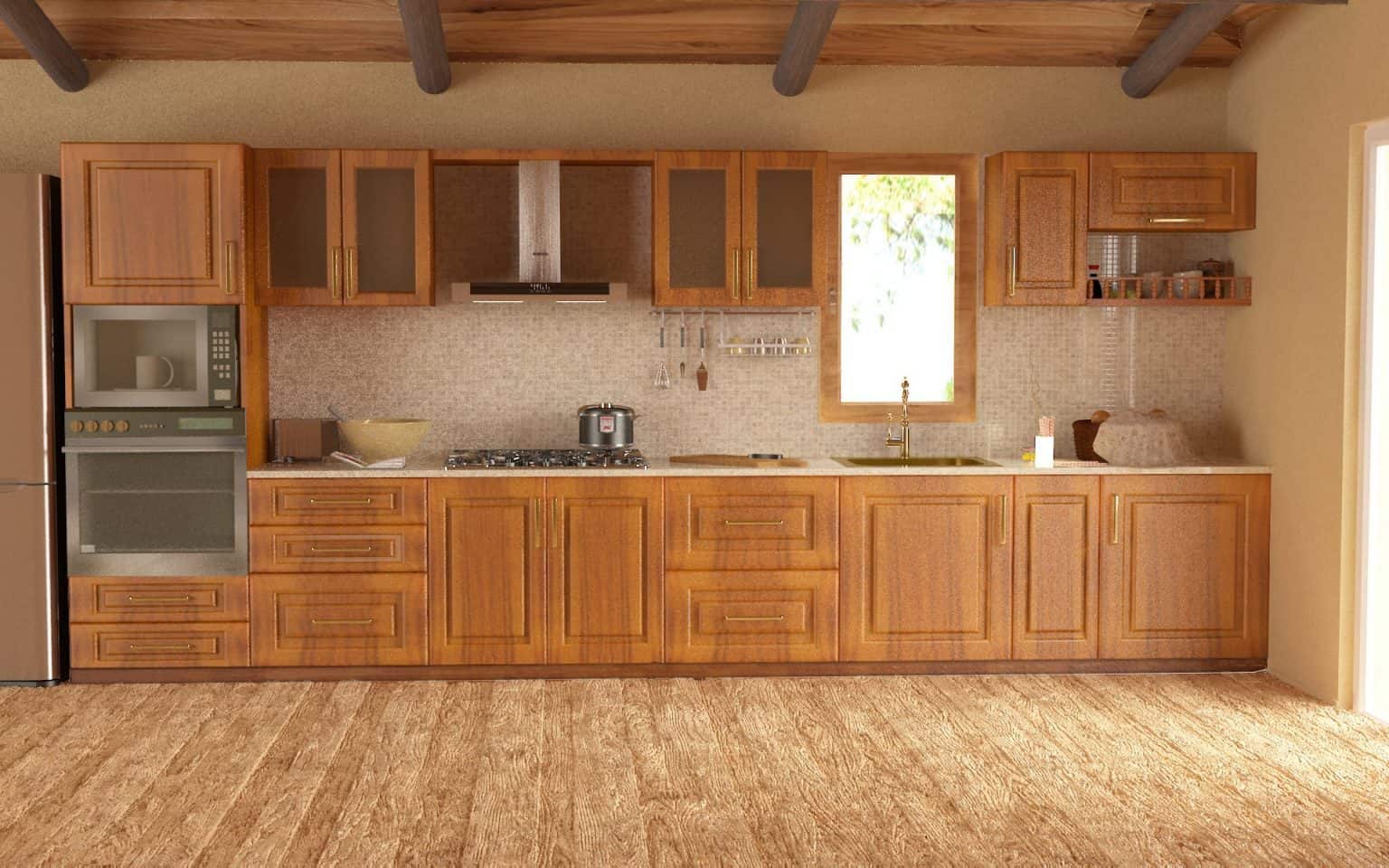
Efficiency and Functionality:
 When it comes to designing a kitchen, efficiency and functionality should be top priorities. This is especially true when it comes to installing wall cabinets, as they play a crucial role in the overall layout and organization of the space. To ensure that your kitchen is both visually appealing and practical, consider incorporating features such as pull-out shelves, built-in spice racks, and soft-close hinges into your wall cabinet design. These small details may seem insignificant, but they can make a big difference in how well your kitchen functions on a day-to-day basis. Additionally, make sure to
optimize
the space within the cabinets by using
adjustable shelving
and
utilizing vertical storage
for items that are not used as frequently. This will not only make your cabinets more
versatile
, but also allow for more storage space and overall efficiency in your kitchen.
When it comes to designing a kitchen, efficiency and functionality should be top priorities. This is especially true when it comes to installing wall cabinets, as they play a crucial role in the overall layout and organization of the space. To ensure that your kitchen is both visually appealing and practical, consider incorporating features such as pull-out shelves, built-in spice racks, and soft-close hinges into your wall cabinet design. These small details may seem insignificant, but they can make a big difference in how well your kitchen functions on a day-to-day basis. Additionally, make sure to
optimize
the space within the cabinets by using
adjustable shelving
and
utilizing vertical storage
for items that are not used as frequently. This will not only make your cabinets more
versatile
, but also allow for more storage space and overall efficiency in your kitchen.
Consider Your Needs and Preferences:
 Another important factor to keep in mind when installing kitchen wall cabinets is your personal needs and preferences. While it's important to follow standard measurements and guidelines for proper installation, don't be afraid to make adjustments based on your individual needs. For example, if you are taller or shorter than average, you may want to adjust the height of your cabinets for easier access. Additionally, consider the type of doors and hardware you prefer, as well as the overall style and color scheme of your kitchen.
Customizing
your wall cabinets to fit your specific needs and preferences will not only make your kitchen more functional, but also add a personal touch to the overall design.
Another important factor to keep in mind when installing kitchen wall cabinets is your personal needs and preferences. While it's important to follow standard measurements and guidelines for proper installation, don't be afraid to make adjustments based on your individual needs. For example, if you are taller or shorter than average, you may want to adjust the height of your cabinets for easier access. Additionally, consider the type of doors and hardware you prefer, as well as the overall style and color scheme of your kitchen.
Customizing
your wall cabinets to fit your specific needs and preferences will not only make your kitchen more functional, but also add a personal touch to the overall design.
Overall, the best way to install kitchen wall cabinets is to prioritize efficiency, functionality, and personalization. By keeping these factors in mind and following proper installation guidelines, you can create a beautiful and practical kitchen space that meets all of your needs and preferences. So don't be afraid to get creative and make adjustments as needed – after all, it's your kitchen and it should reflect your unique style and needs.

